
Visit and attractions in Białystok
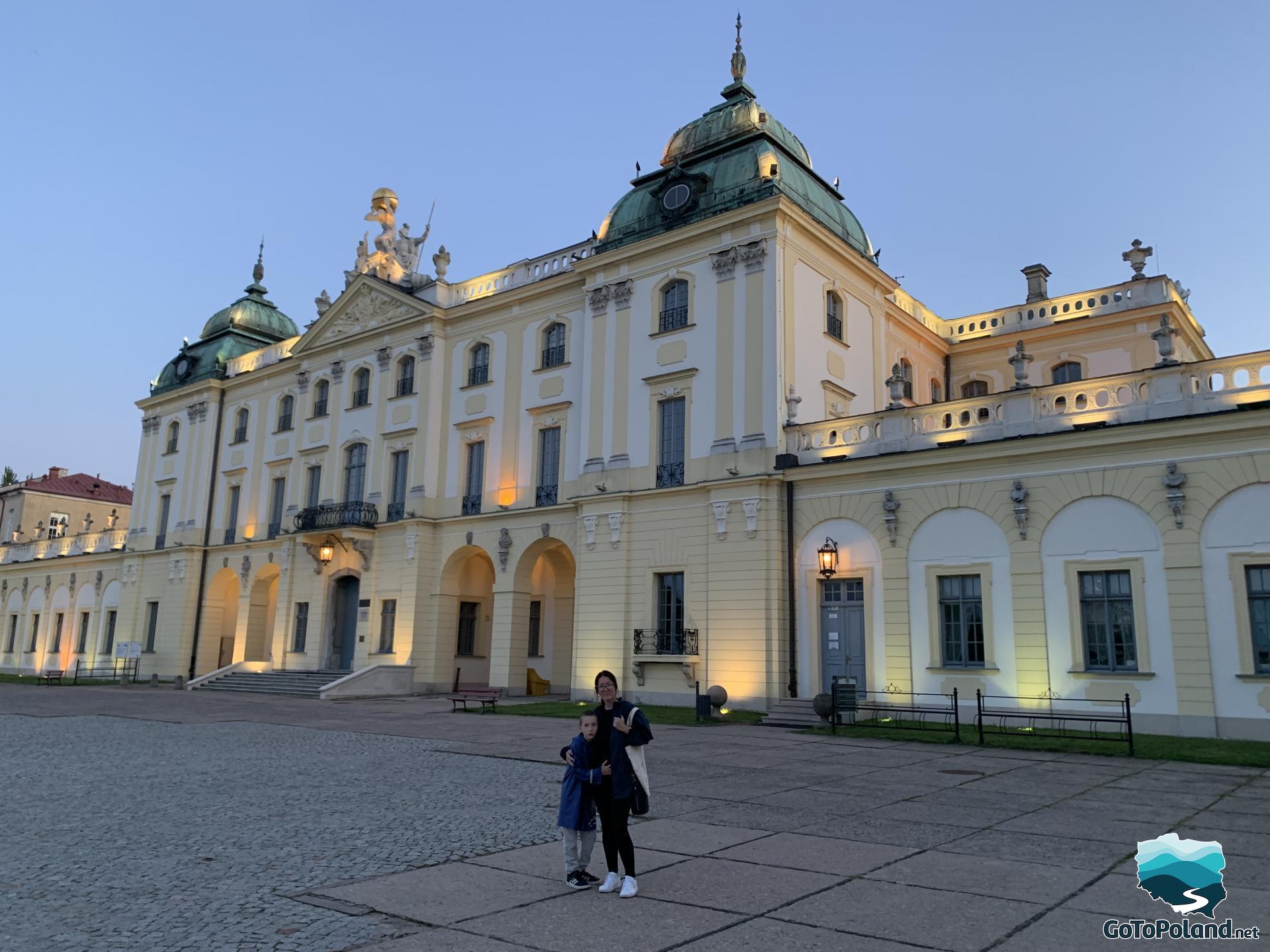
In my opinion, Podlasie is a region similar to Warmia and Mazury. It is picturesquely situated with lazy rivers and lakes, idyllic landscapes and charming towns. There are 4 national parks within it, and the Białowieża Forest was entered on the UNESCO list in 1976. Podlasie is not contaminated with industry, big cities, crowded streets and traffic jams. It is a land where you can rest, relax, take a break from the hustle and bustle of cities, get some fresh air, be closer to nature, slow down your rhythm and not rush. This does not mean, however, that there is nothing to see in Podlasie. There are plenty of attractions here, maybe slightly different than those offered by Warsaw, Krakow, Gdańsk or Wrocław. It is worth seeing the Castle in Tykocin, the Museum of Icons in Supraśl or the Branicki Palace in Białystok.
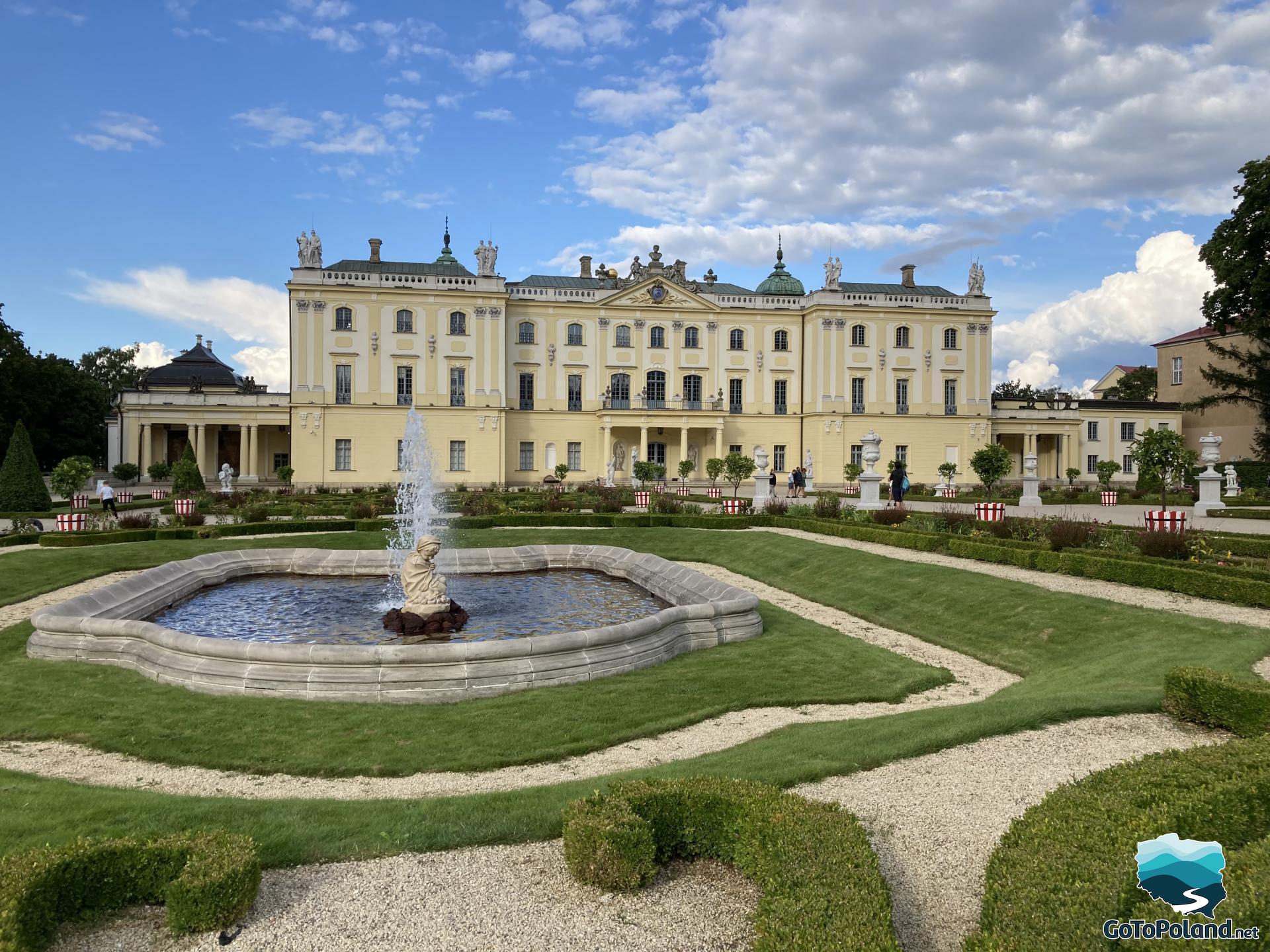
The main goal of our trip to Podlasie was its capital. Białystok (is called the Green Lungs of Poland, almost 1/3 of its area is occupied by green areas) has a lot to offer. In the foreground is the Branicki Palace, called the Polish Versailles or the Versailles of the North. It is also worth visiting the Planty City Park, the Orthodox Cathedral Church of St. Nicholas the Wonderworker, Kościuszko Market, the Great Gate "Gryf" or the Orthodox Church of the Holy Spirit.
As I wrote above, probably the most important attraction of the city is the Branicki Palace. The palace is one of the best-preserved aristocratic residences of the Saxon era in the lands of the former Poland in the late Baroque style. Its origins date back to the 16th century. In the beginning, it was a brick castle in the Gothic-Renaissance style, over time it was completely rebuilt in the late-Baroque style by three architects: Tylman of Gameren, Jan Zygmunt Deybel and Jakub Fontana. In the 17th century, the castle became the seat of the Branicki family, Gryf coat of arms.
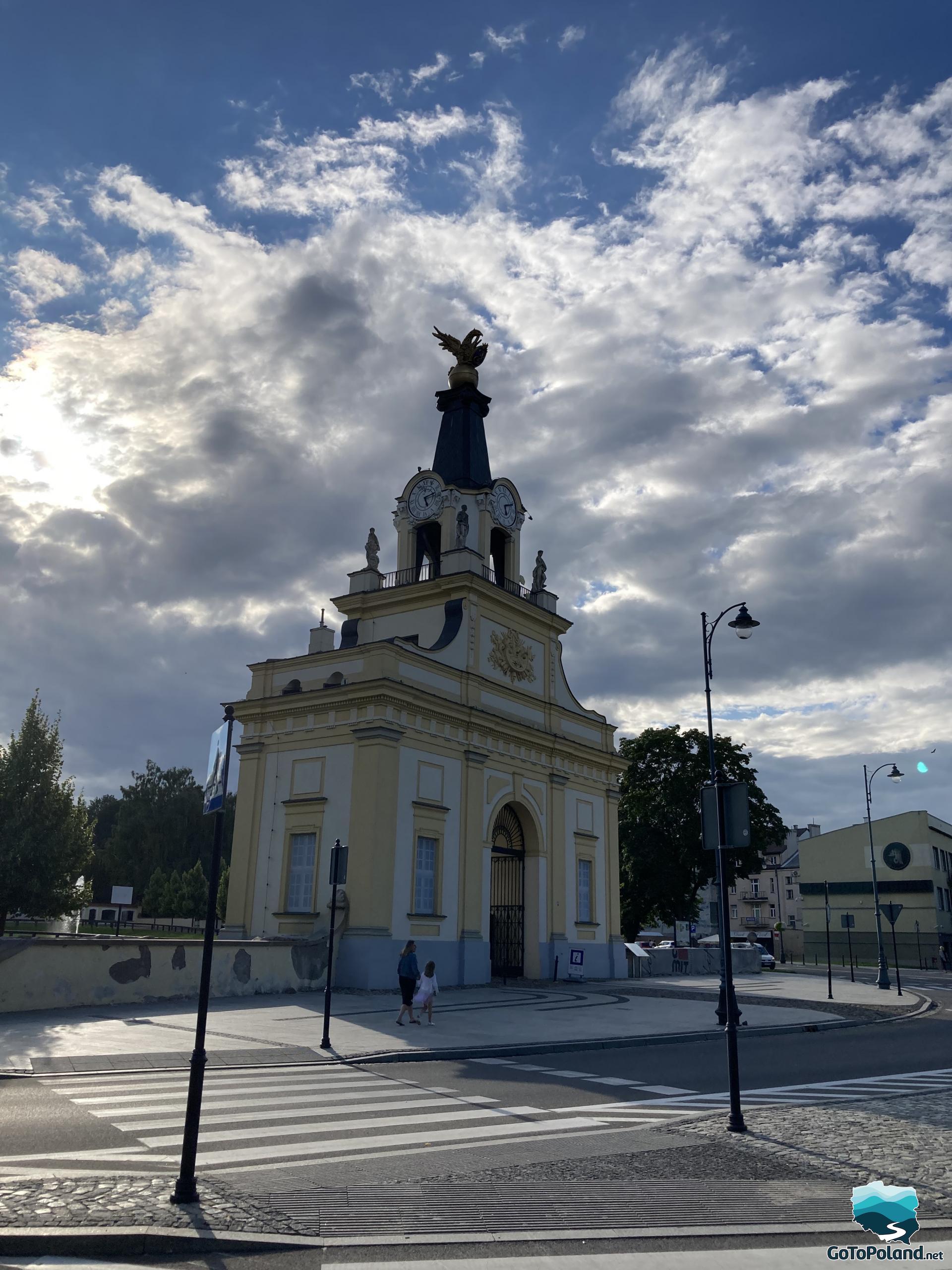
The Branicki family gathered around them many outstanding artists, poets and scientists. There was a theatre, a court orchestra and a ballet group, and Italian actresses came for guest performances. At Branicki's court stayed for instance: King August II, King August III with his family, Charles Krystian Wettyn, Duke of Courland, Bishop Ignacy Krasicki, King of Poland Stanisław August Poniatowski, Emperor Joseph II Habsburg, Grand Duke Paul, later Tsar, and his wife, King Louis XVIII. After the fall of the I Republic of Poland, the heirs sold the residence to the Prussian king in 1802. After the Treaty of Tilsit in 1807, the palace passed into the hands of Tsar Alexander I of Russia. The palace survived World War I without major damage but during World War II, the palace was destroyed in 1944 and after the war it was rebuilt in 1946–1960. Currently, there is the Medical University of Bialystok.
Noteworthy are also the wonderful gardens located at the Palace. In the upper part there is a French garden, and in the lower part there is an English-style garden. Visit Białystok with me.
More information about Białystok you can find on Wikipedia
How far is it from Warsaw to Białystok?
The distance from Warsaw to Białystok is 200 km.
What to see in Białystok?
I highly recommend visiting the Branicki Palace, the Orthodox Cathedral Church of St. Nicholas the Wonderworker, Kościuszko Market and the Orthodox Church of the Holy Spirit.
I invite you to see Bialystok through my eyes :)
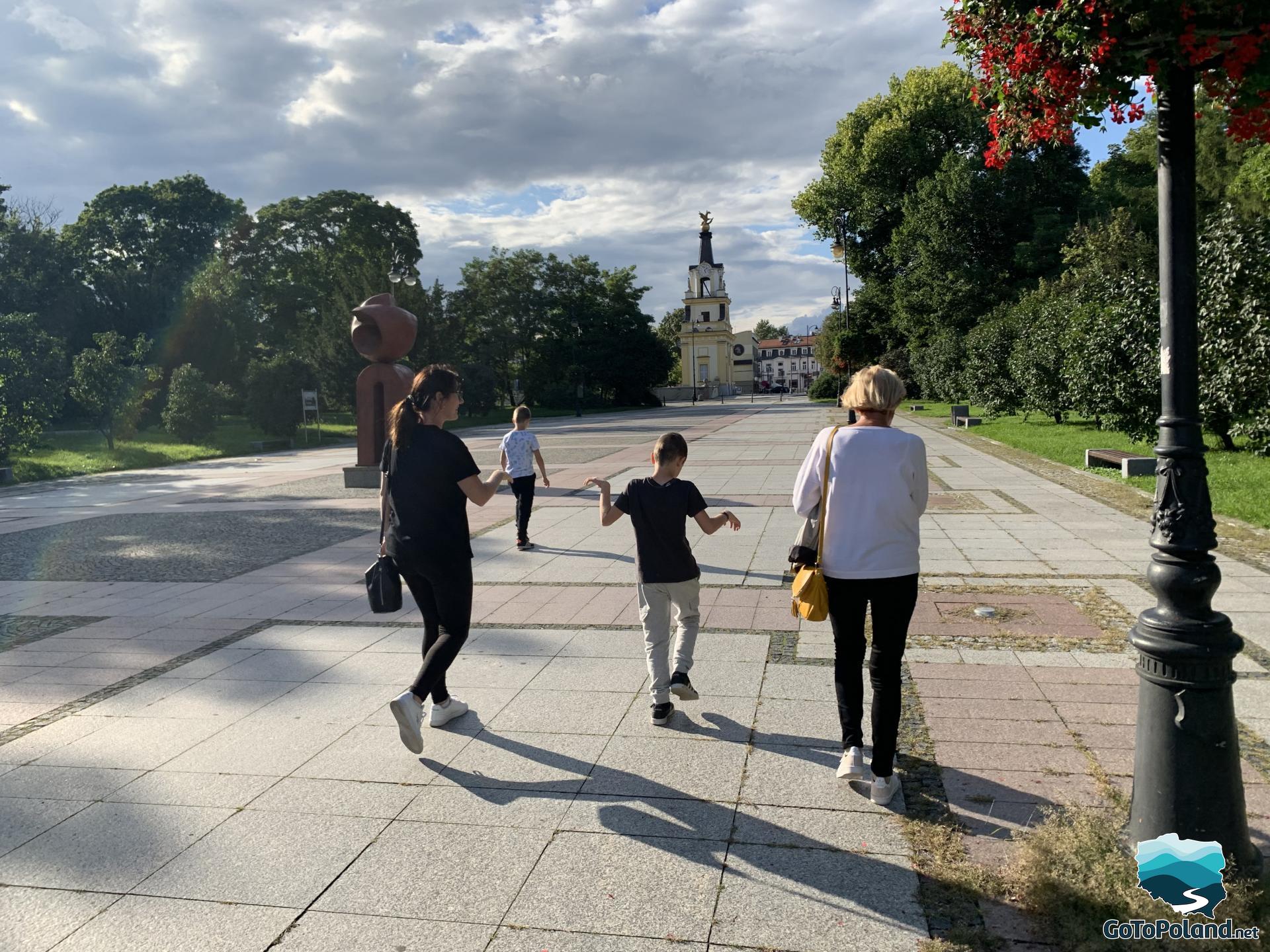
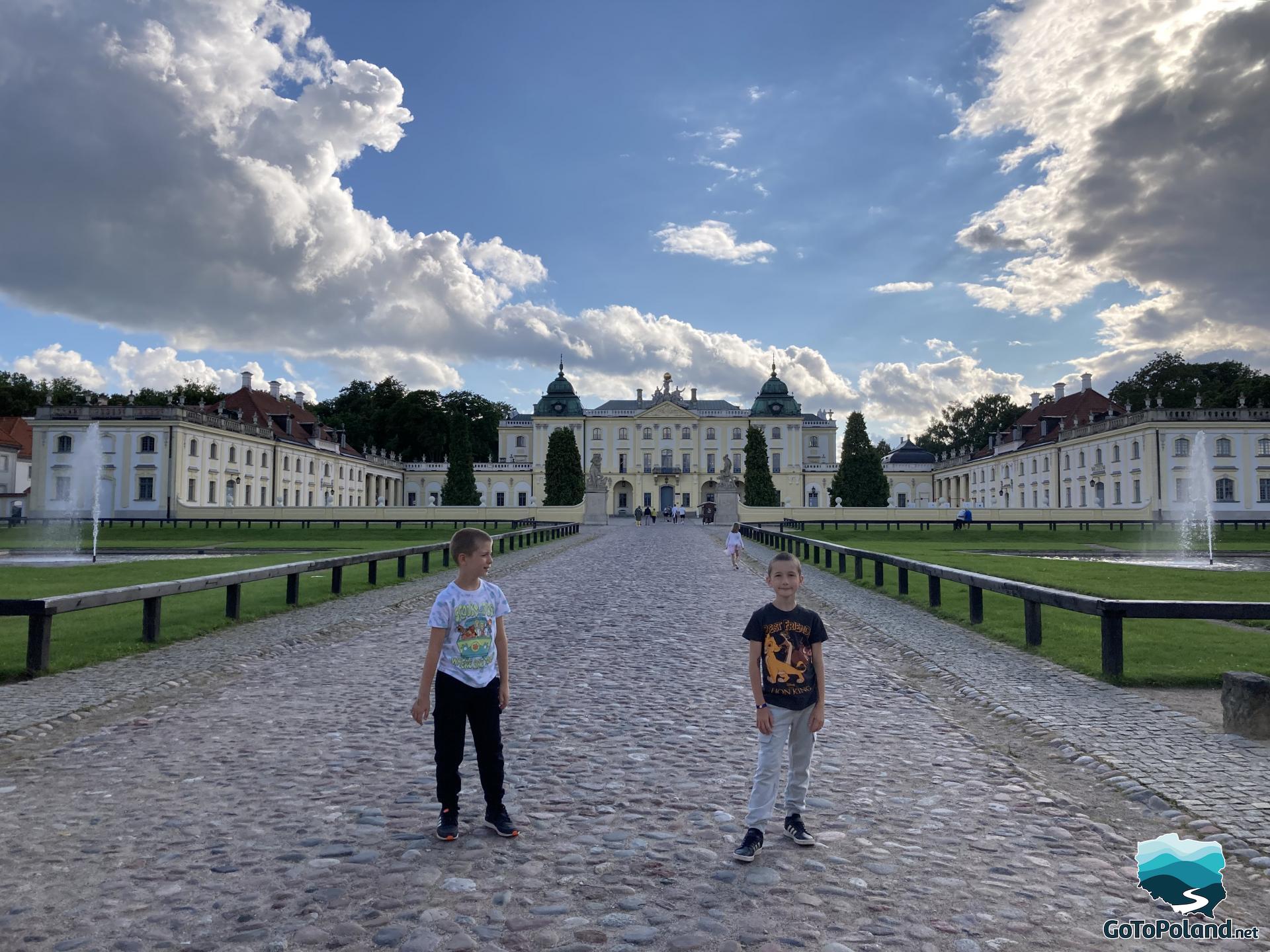
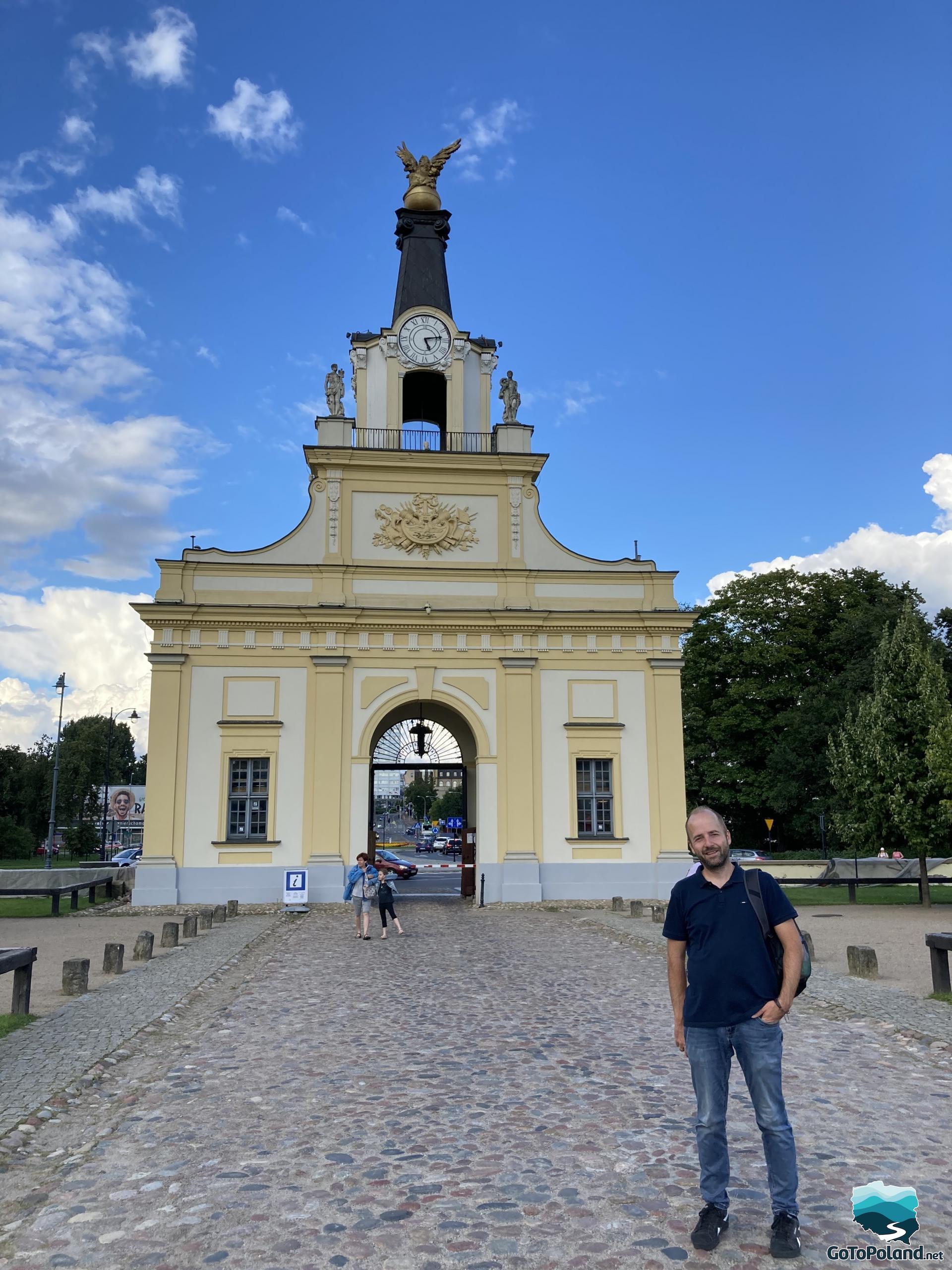
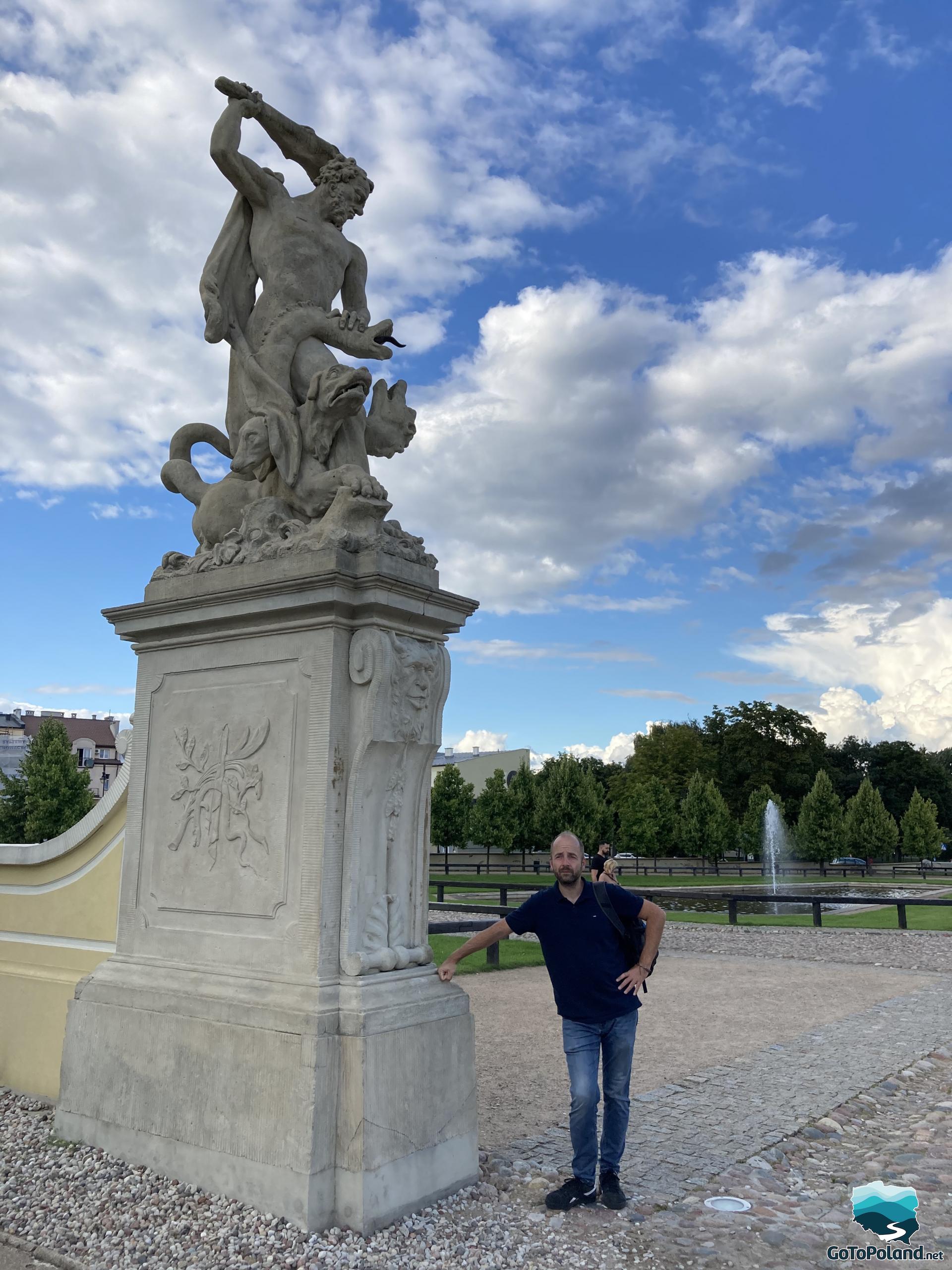

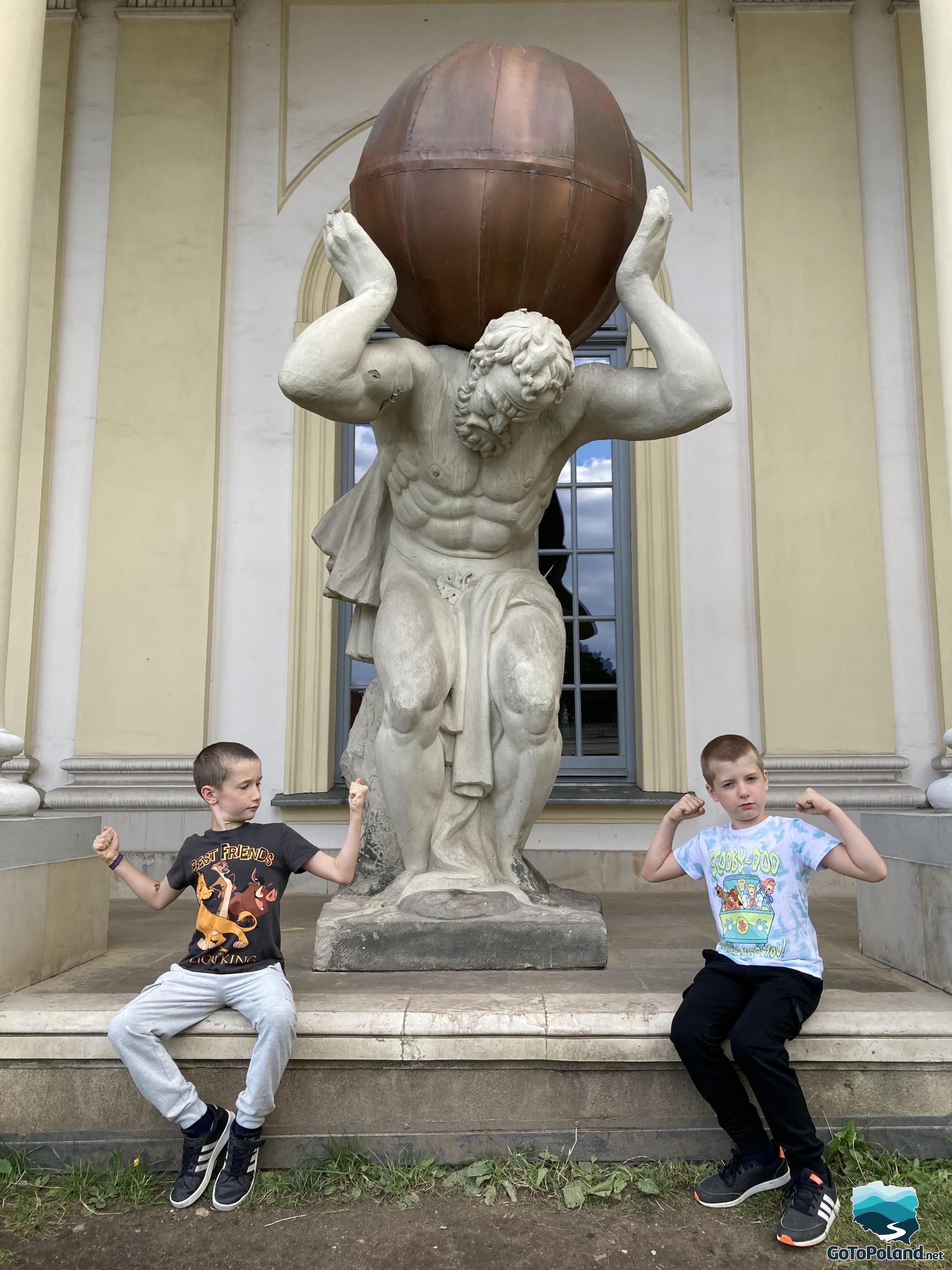

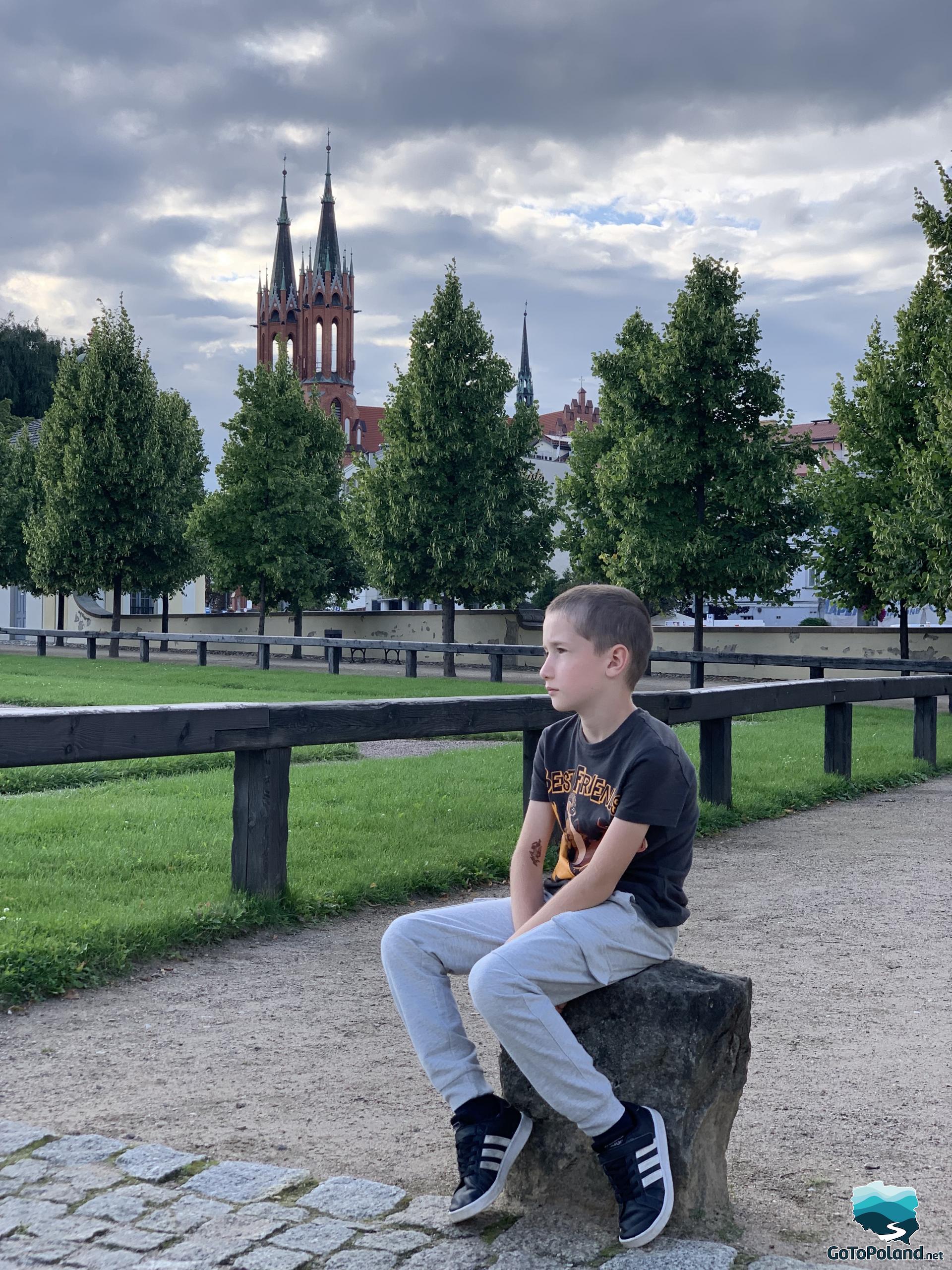
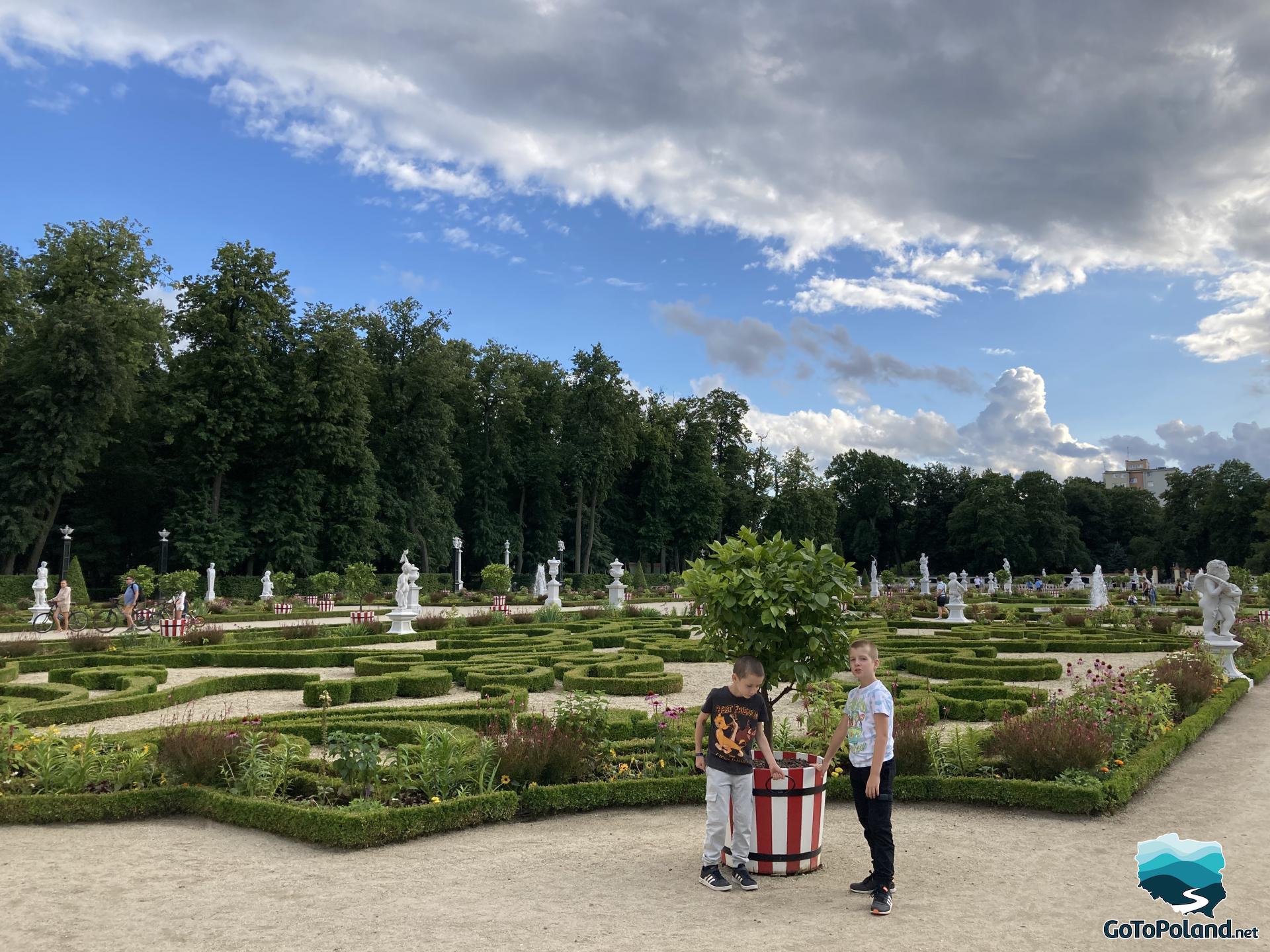
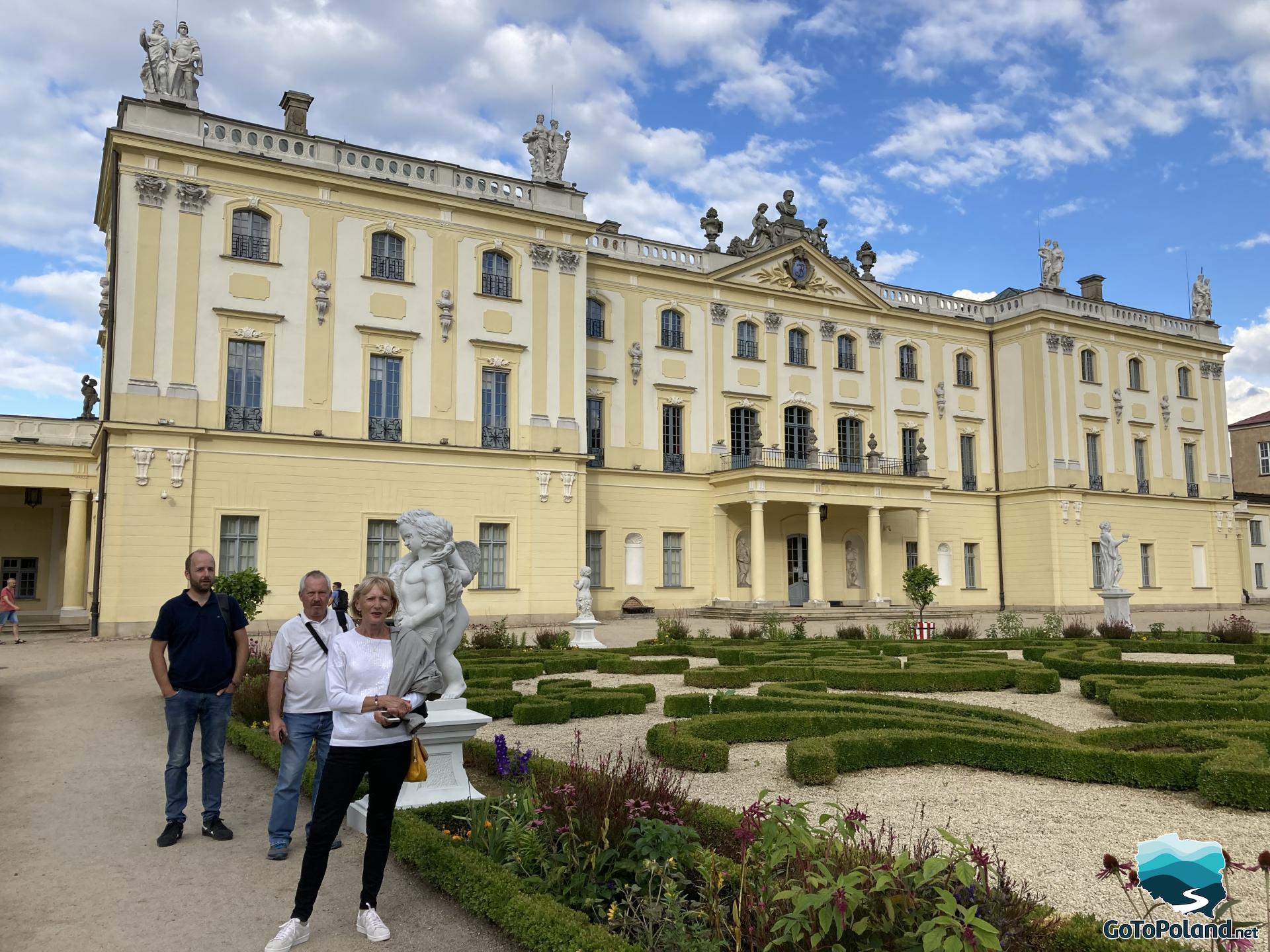

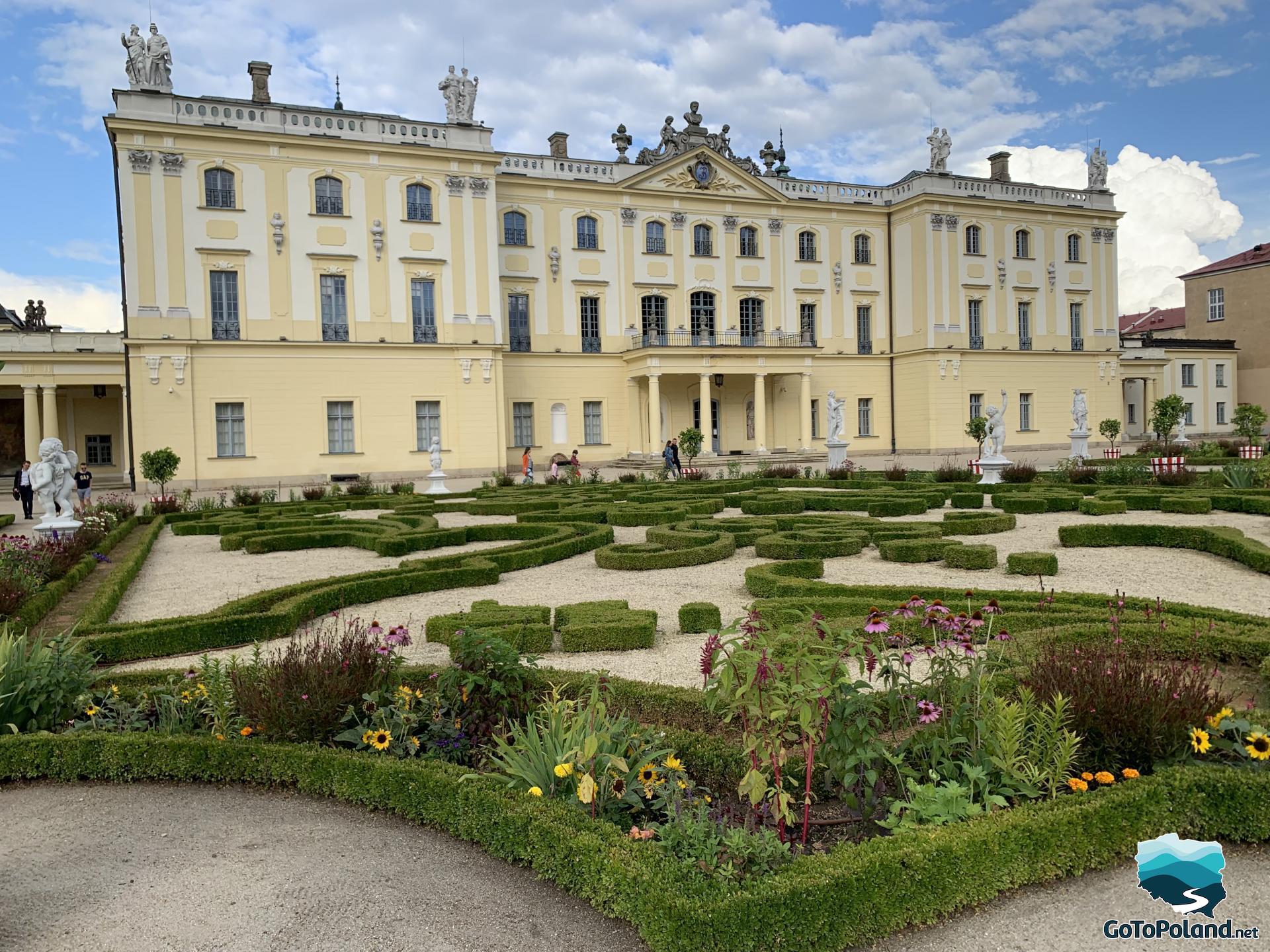
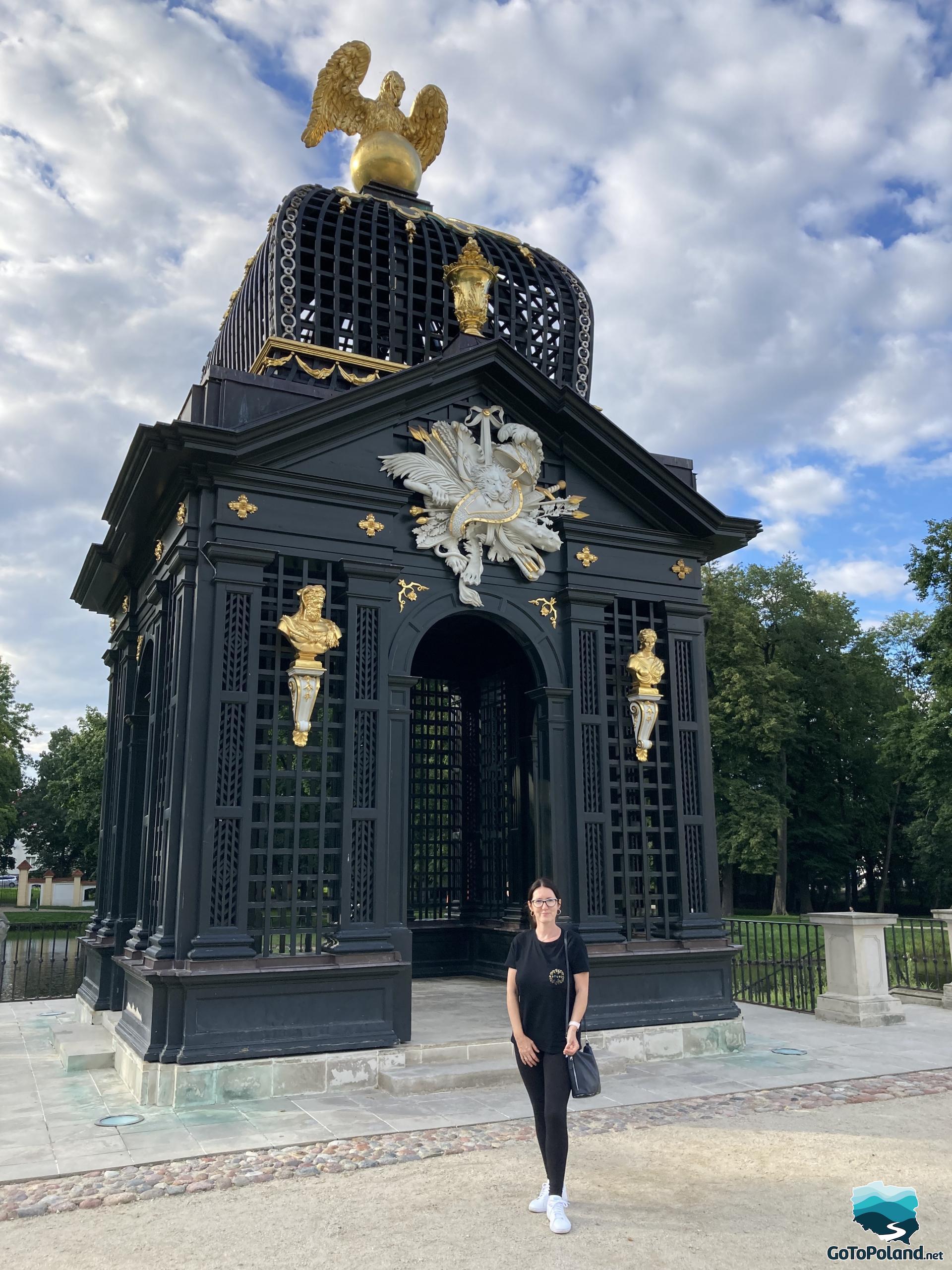
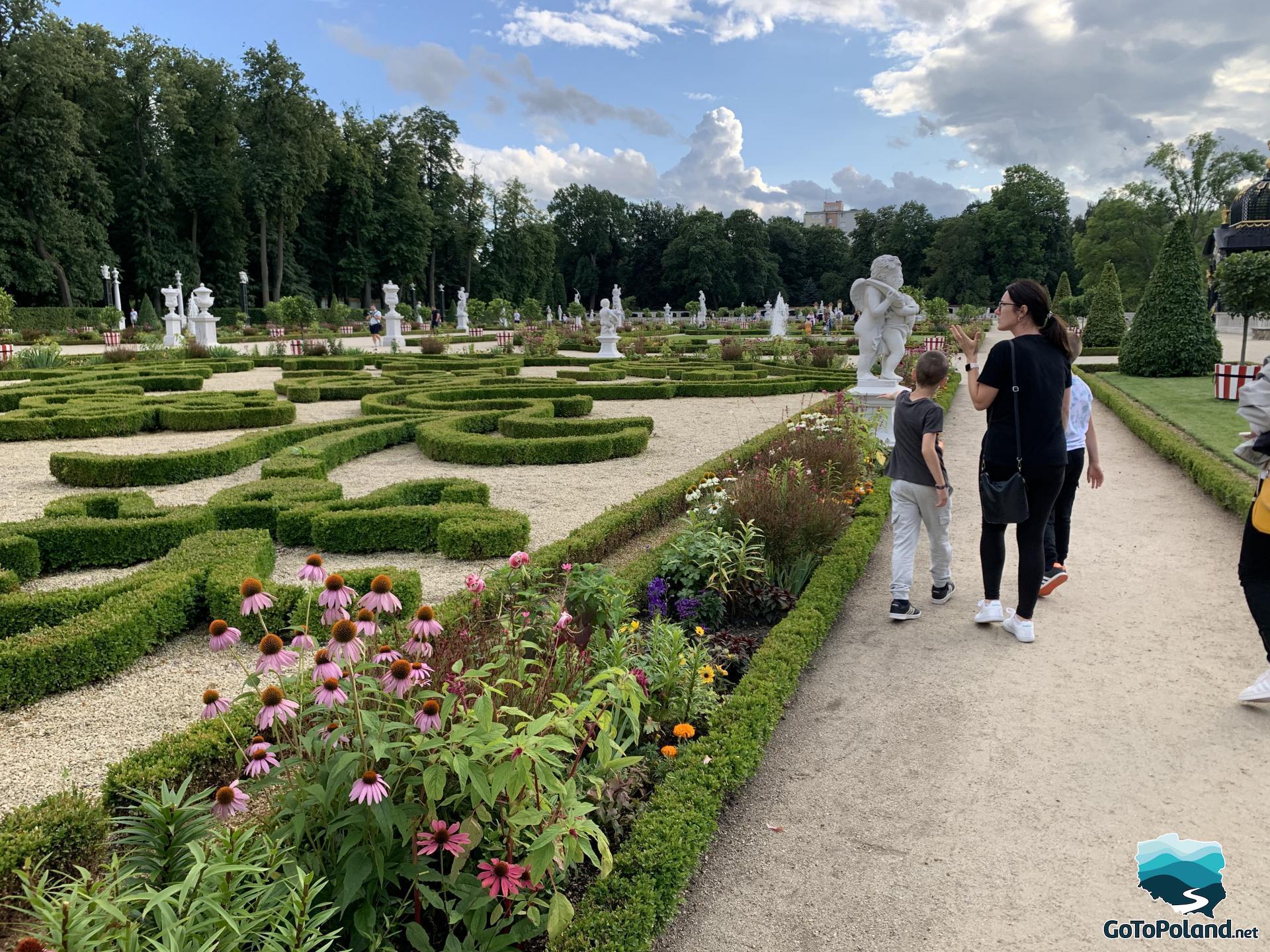
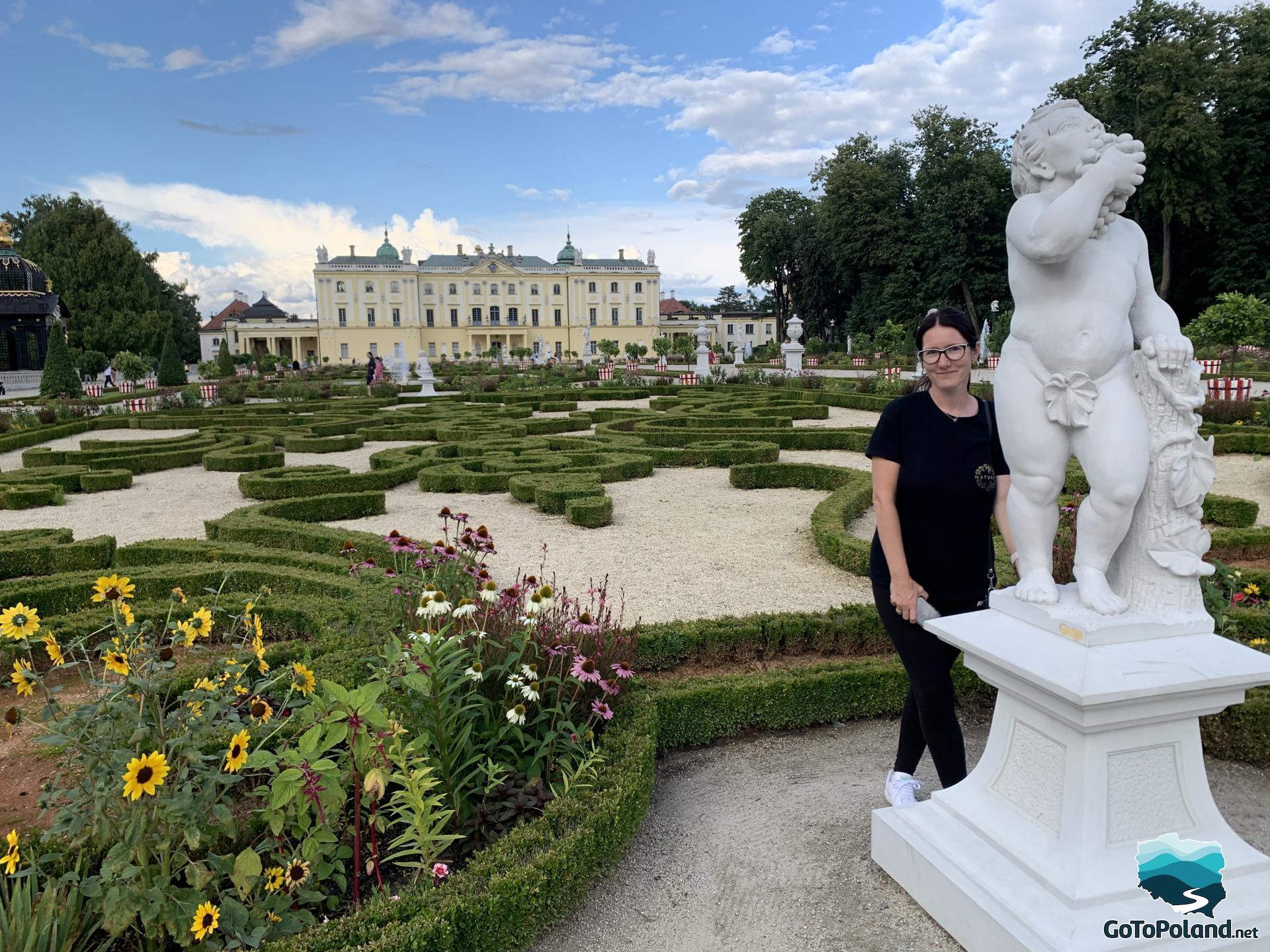
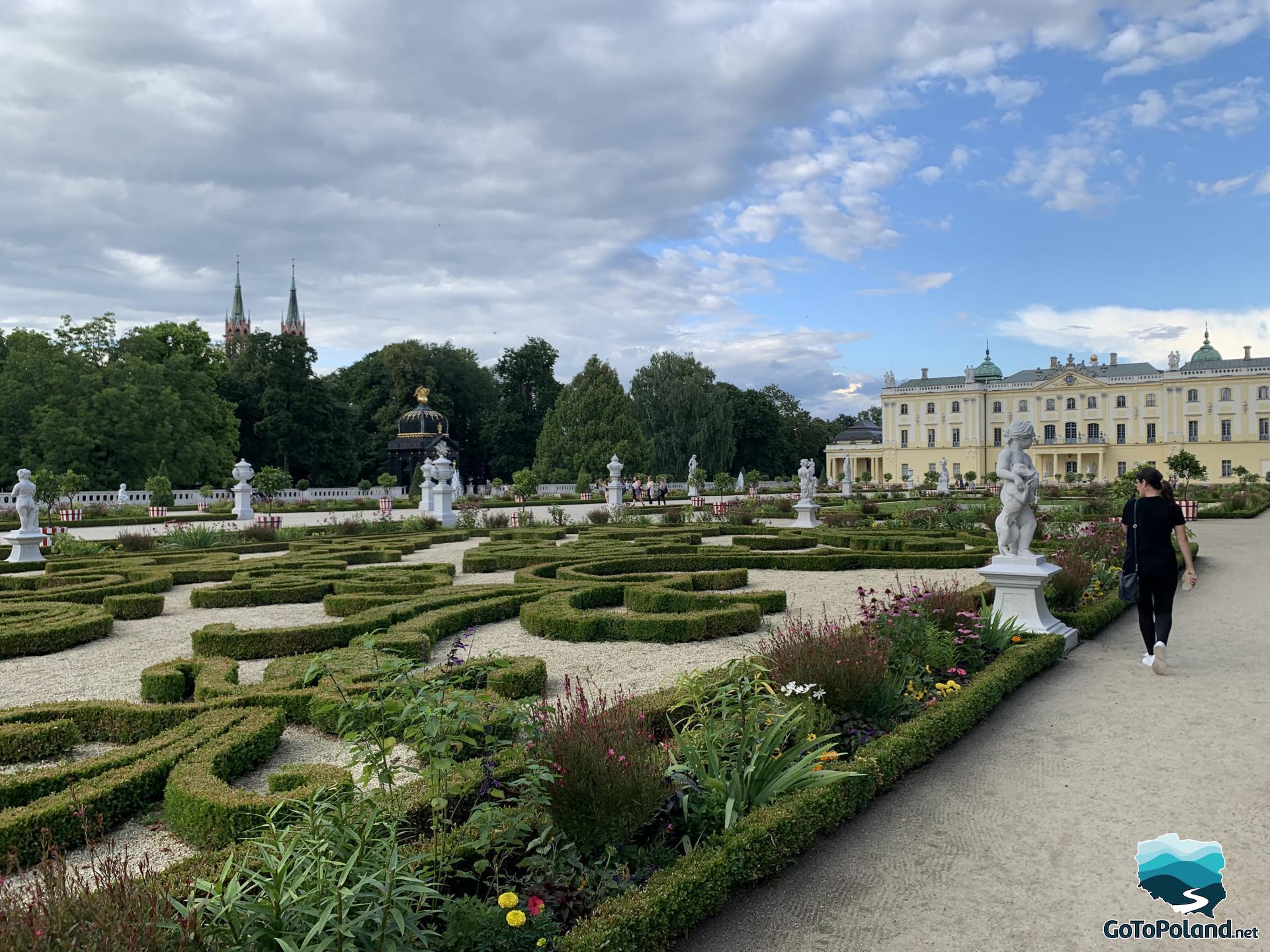
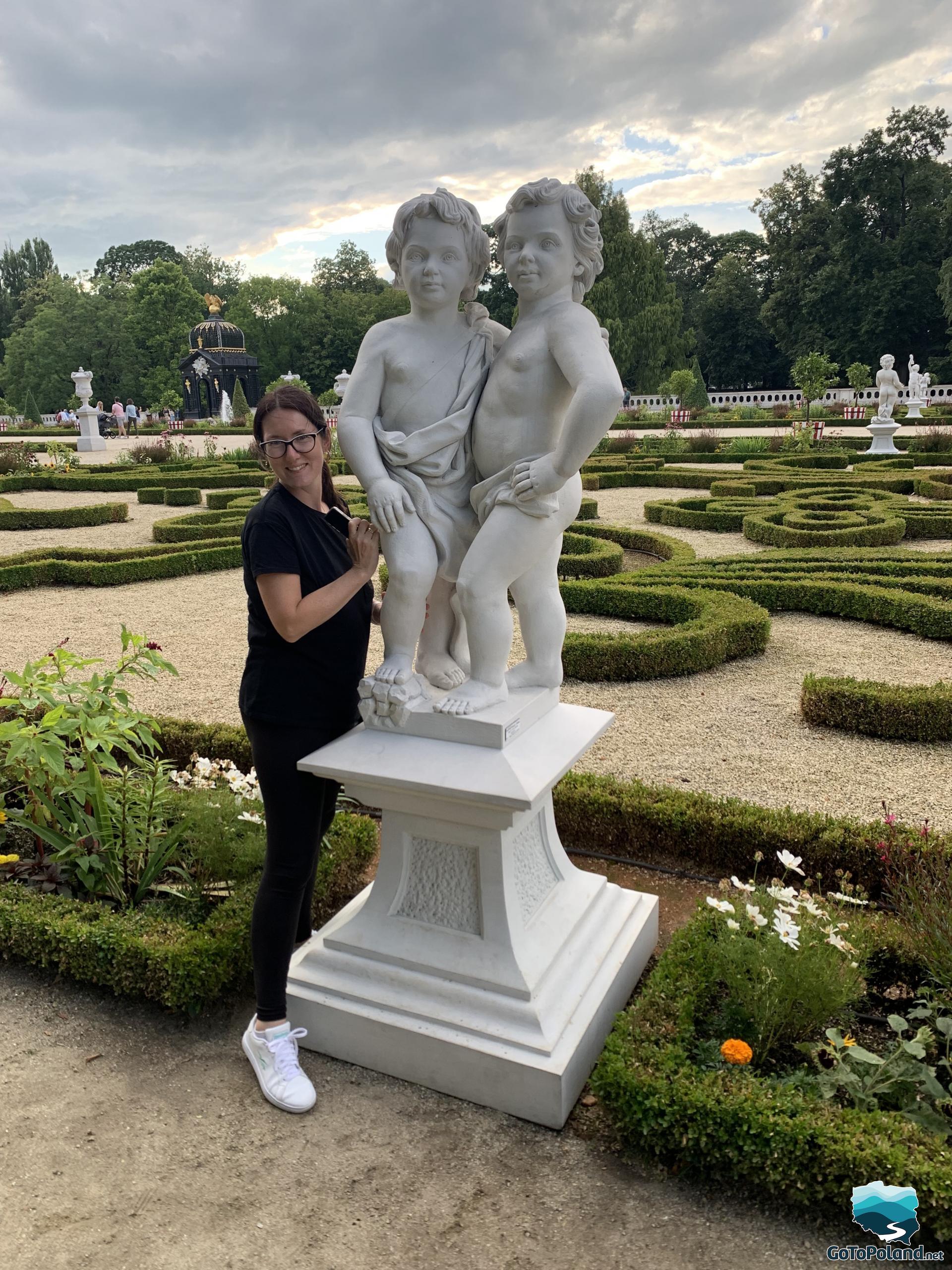
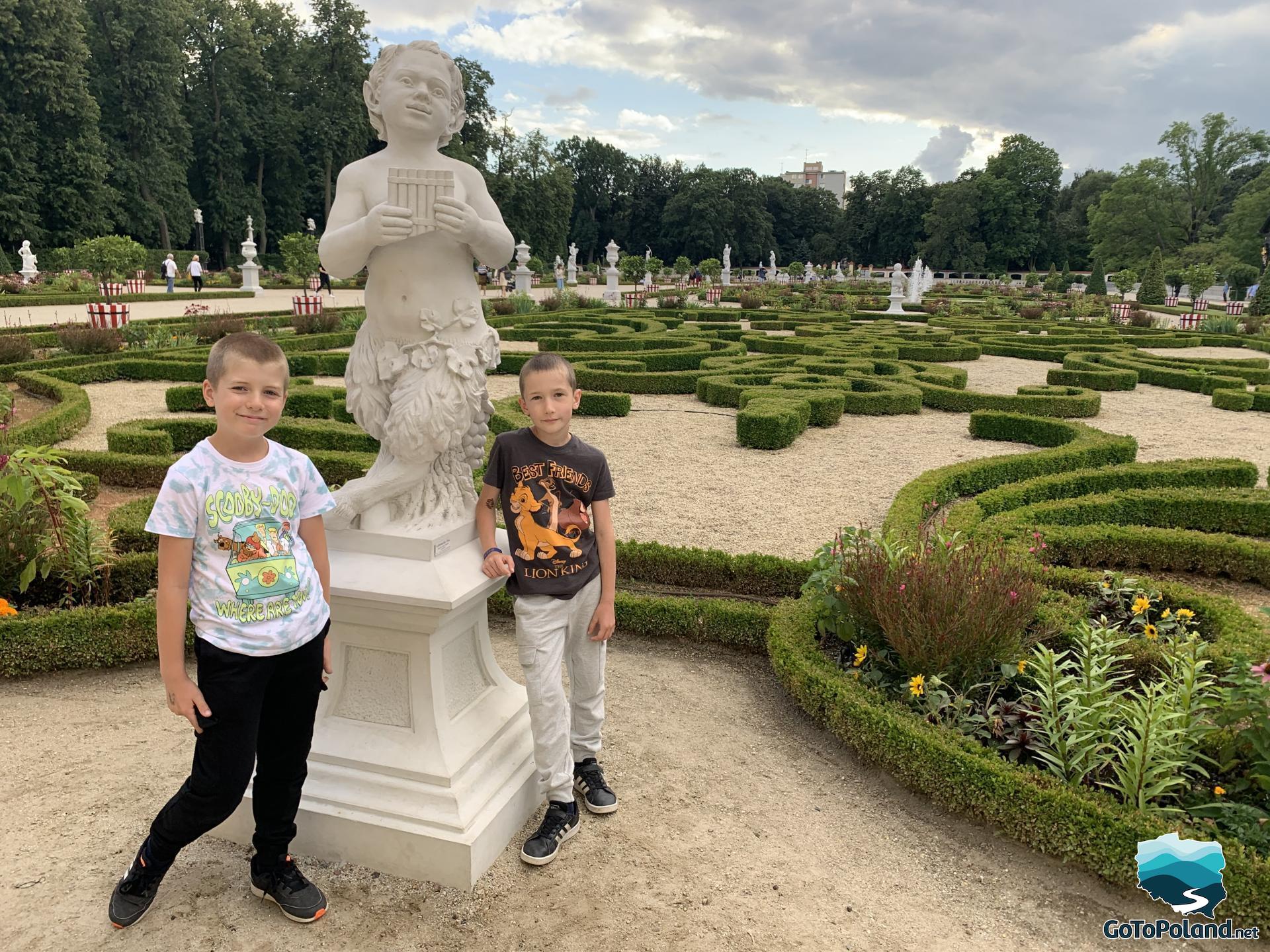
Before I started my great adventure with traveling, my friend told me: "You have to visit the city at night. Such a city looks completely different". She was absolutely right. Since then, I always try to see my targets at night.
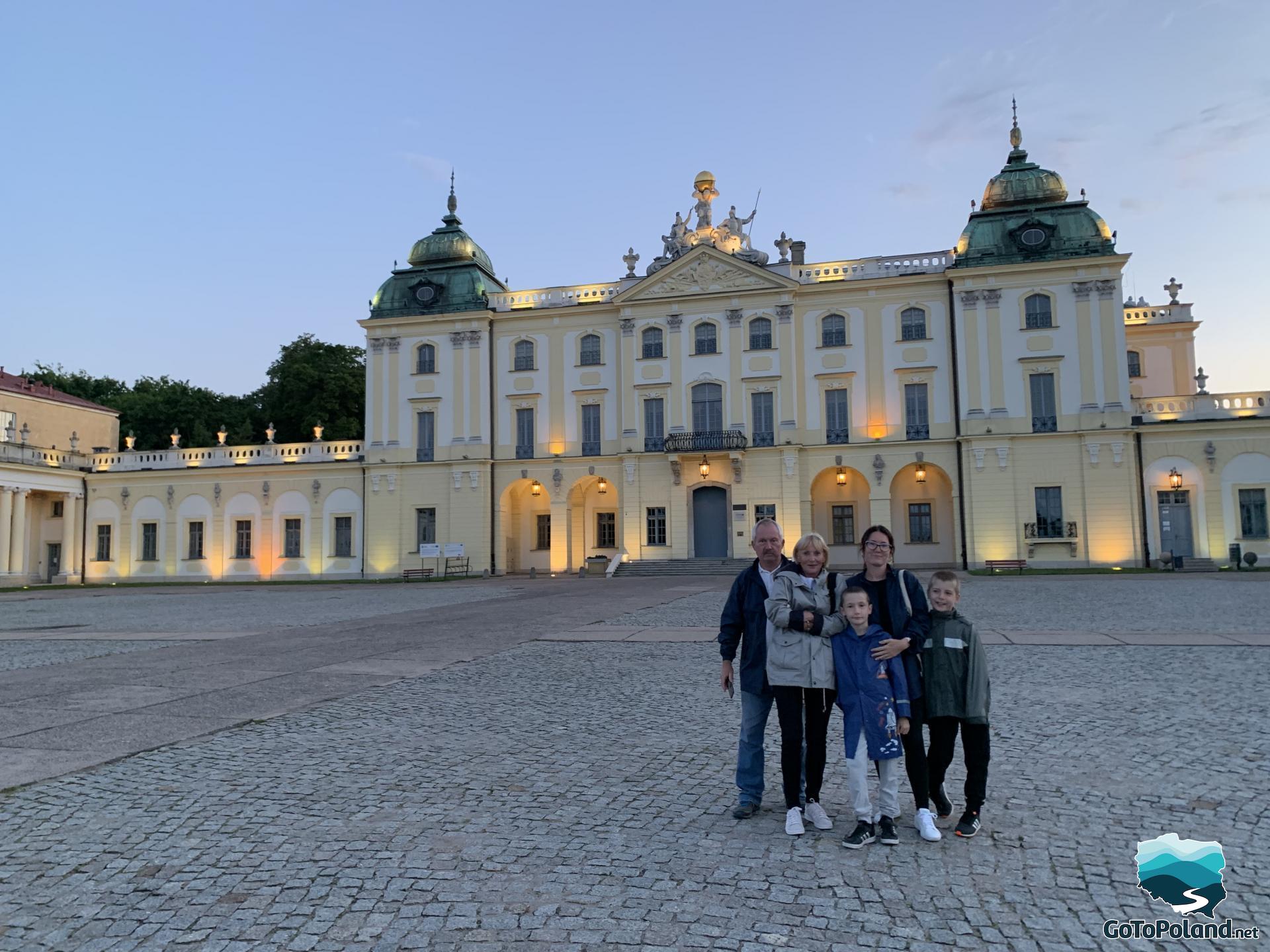
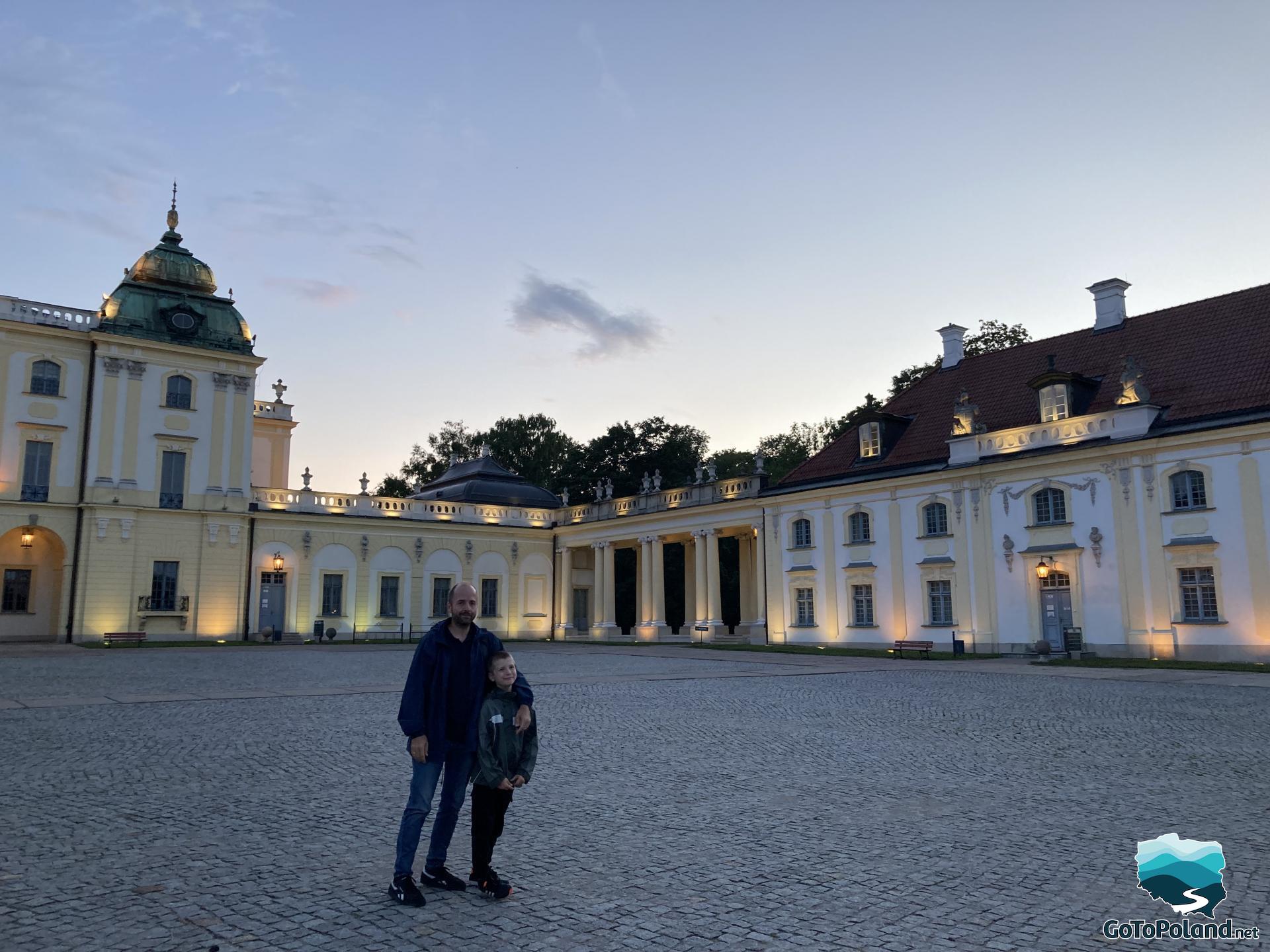
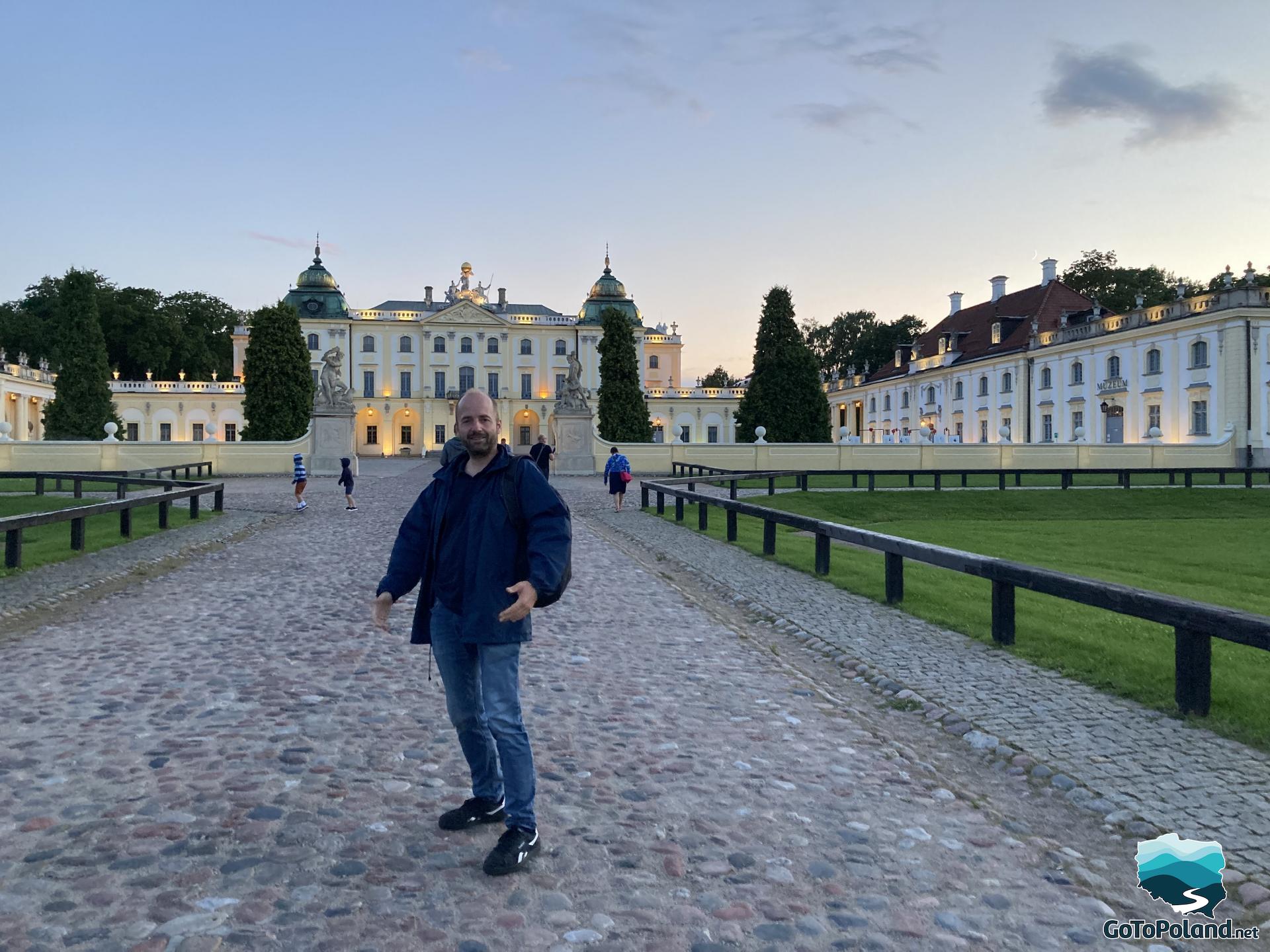
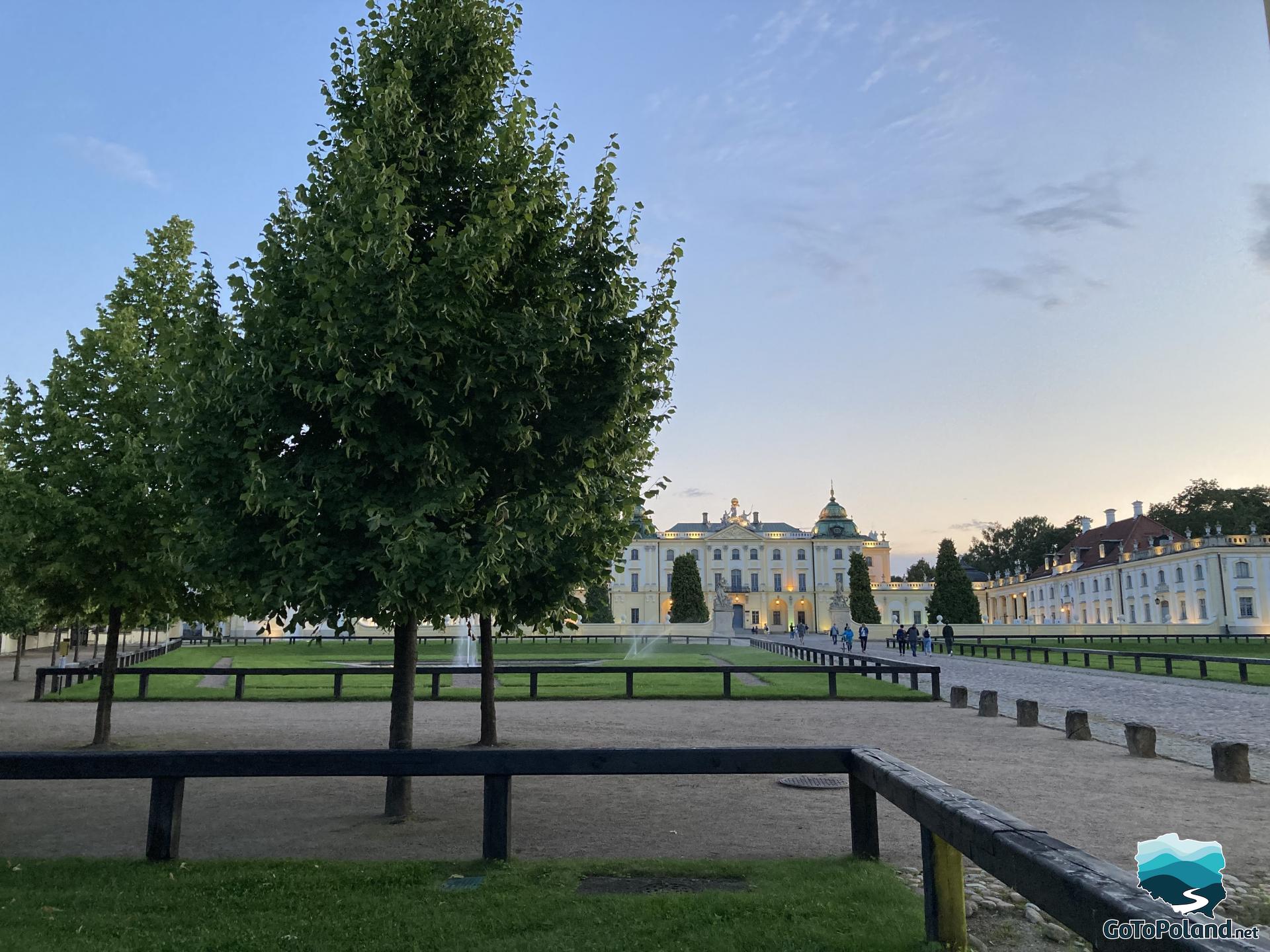
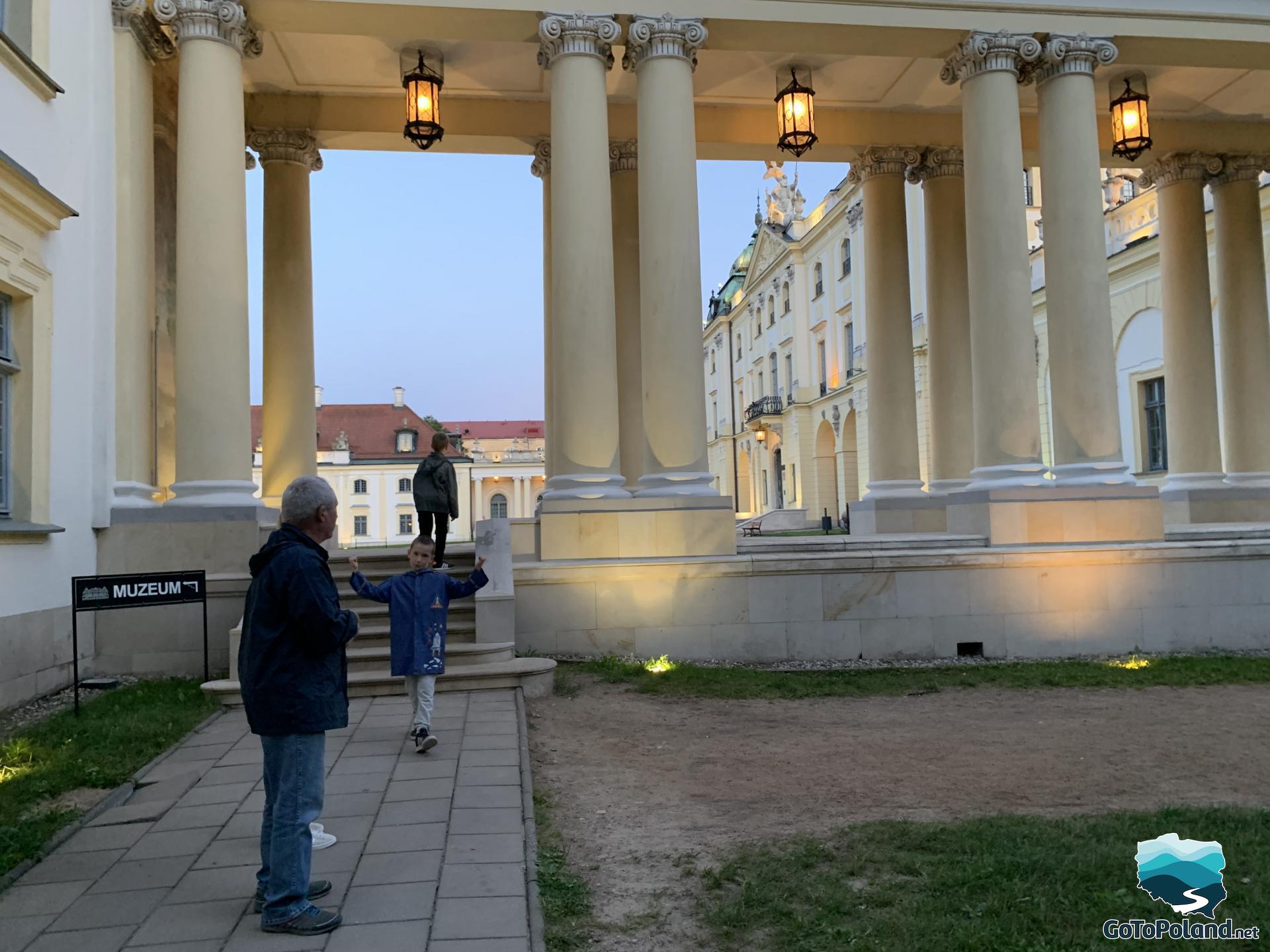
We also wanted to see the heart of Białystok….. the market square so we went for a walk.

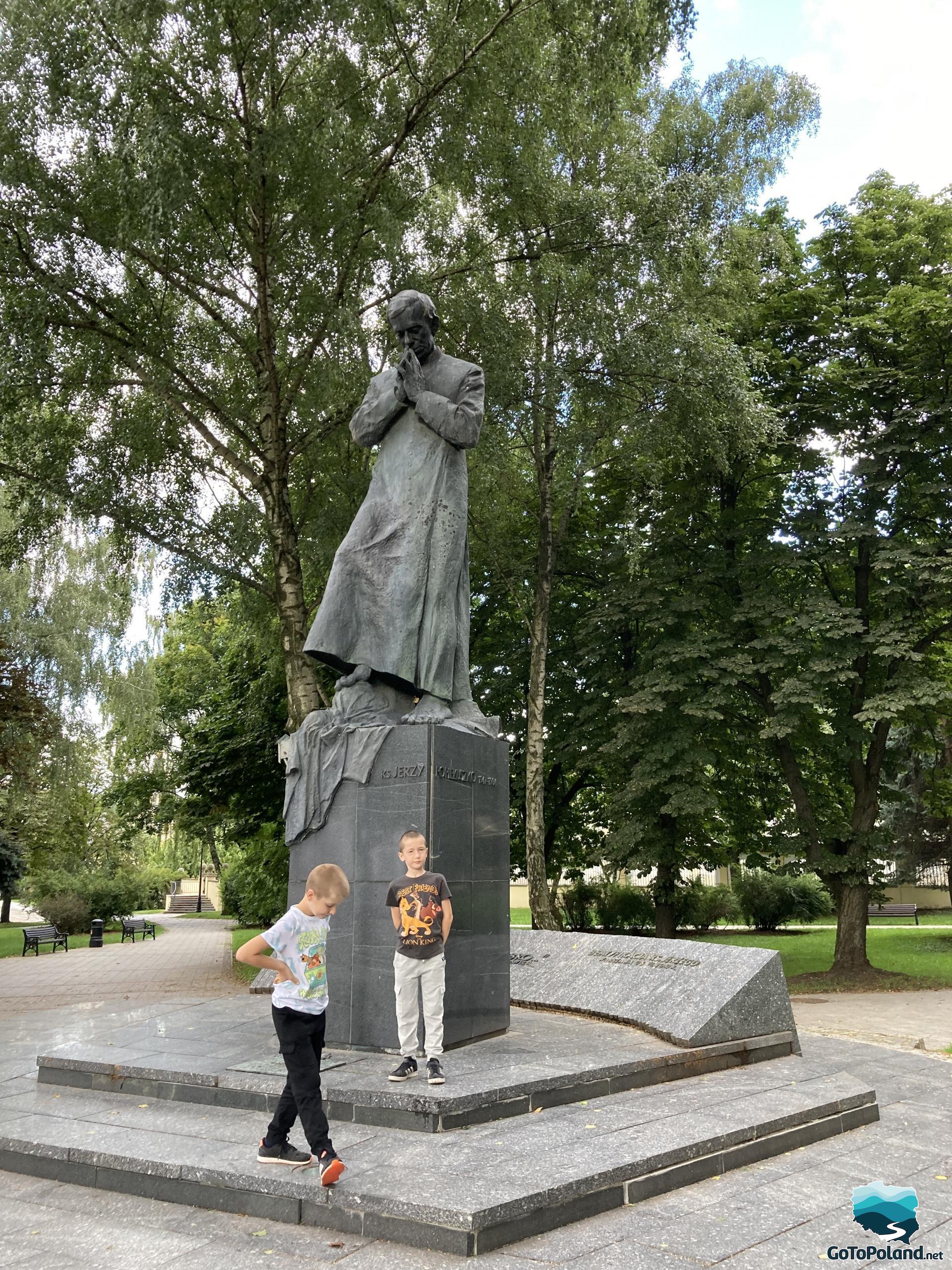
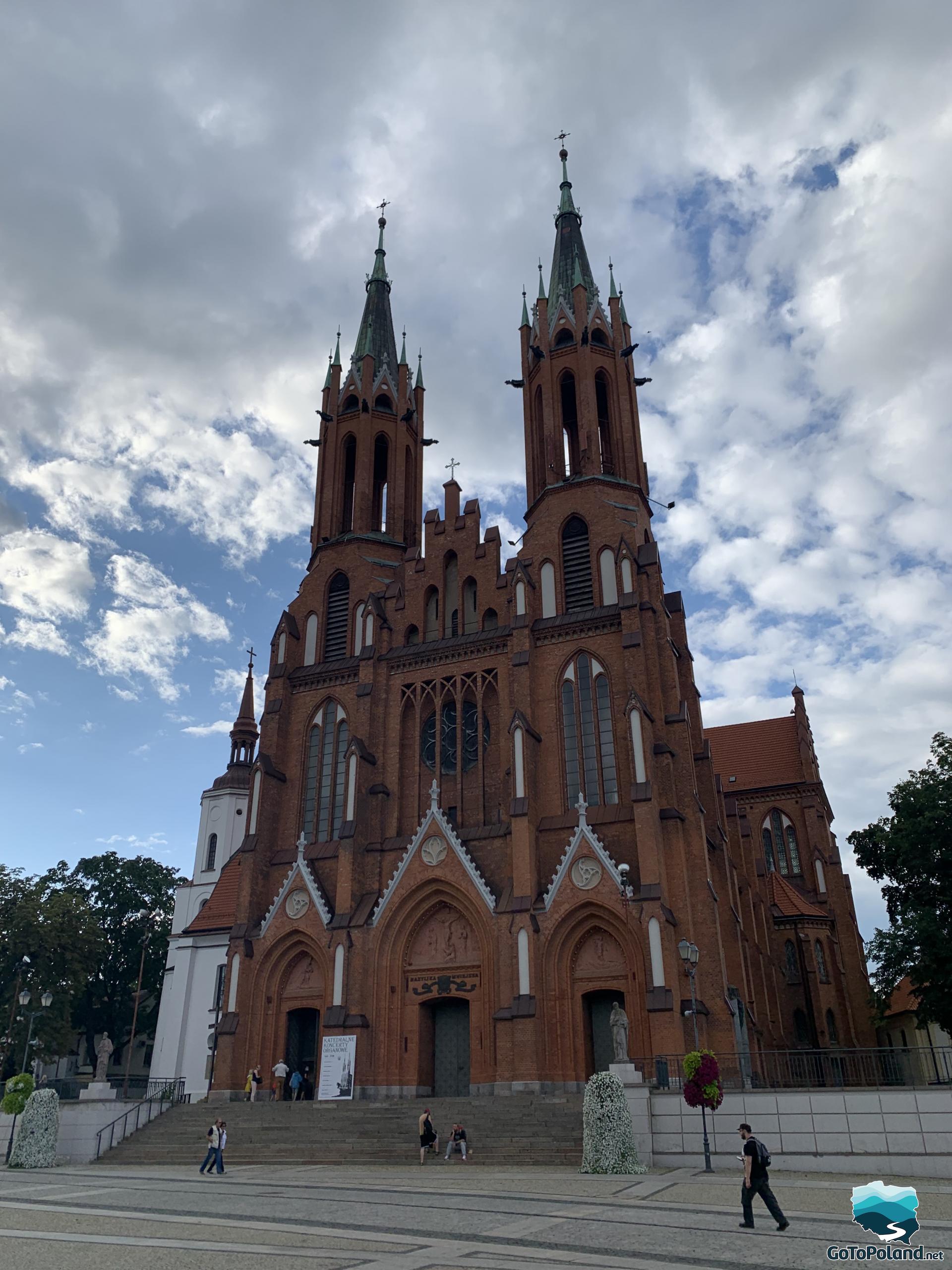
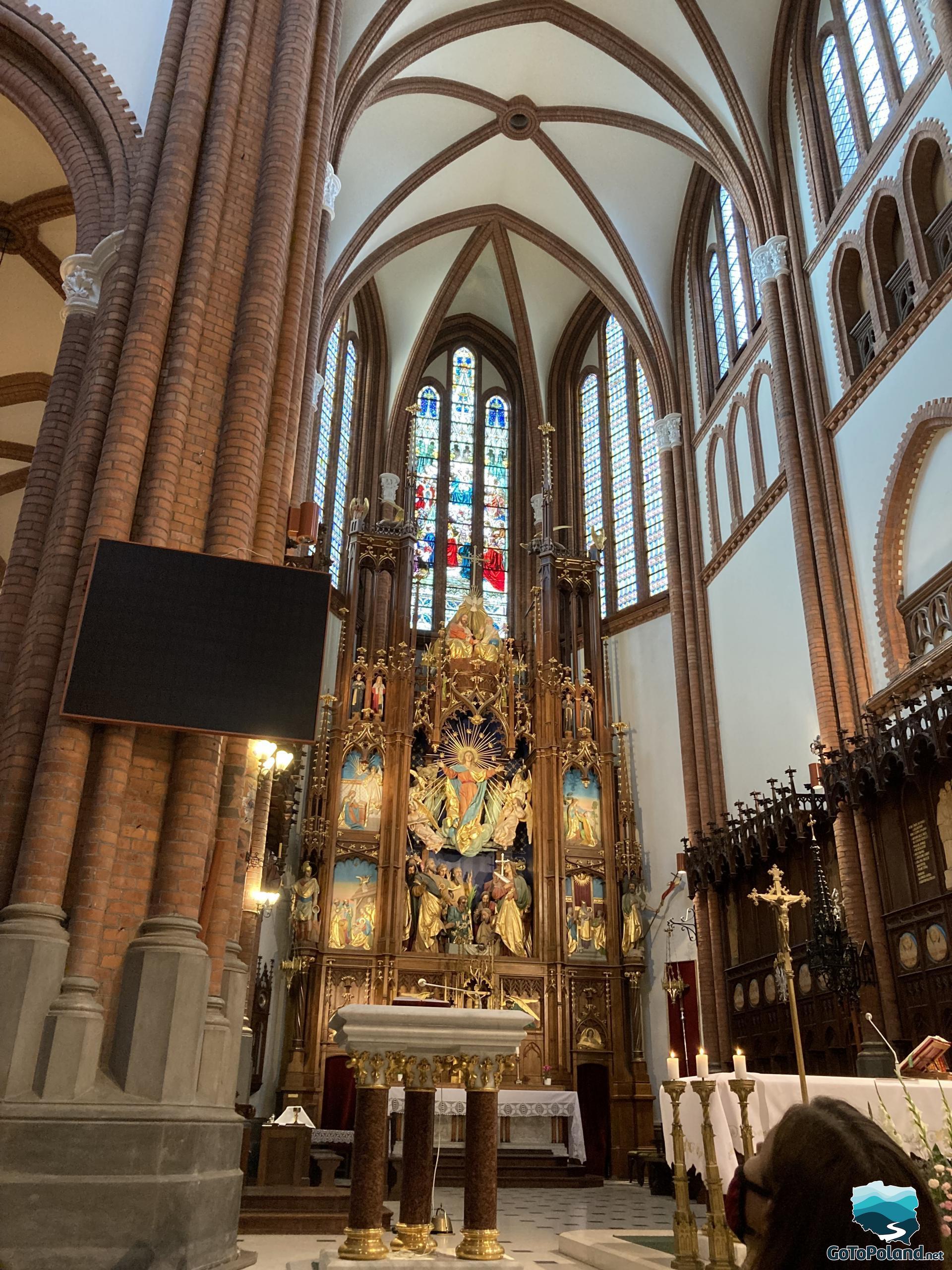
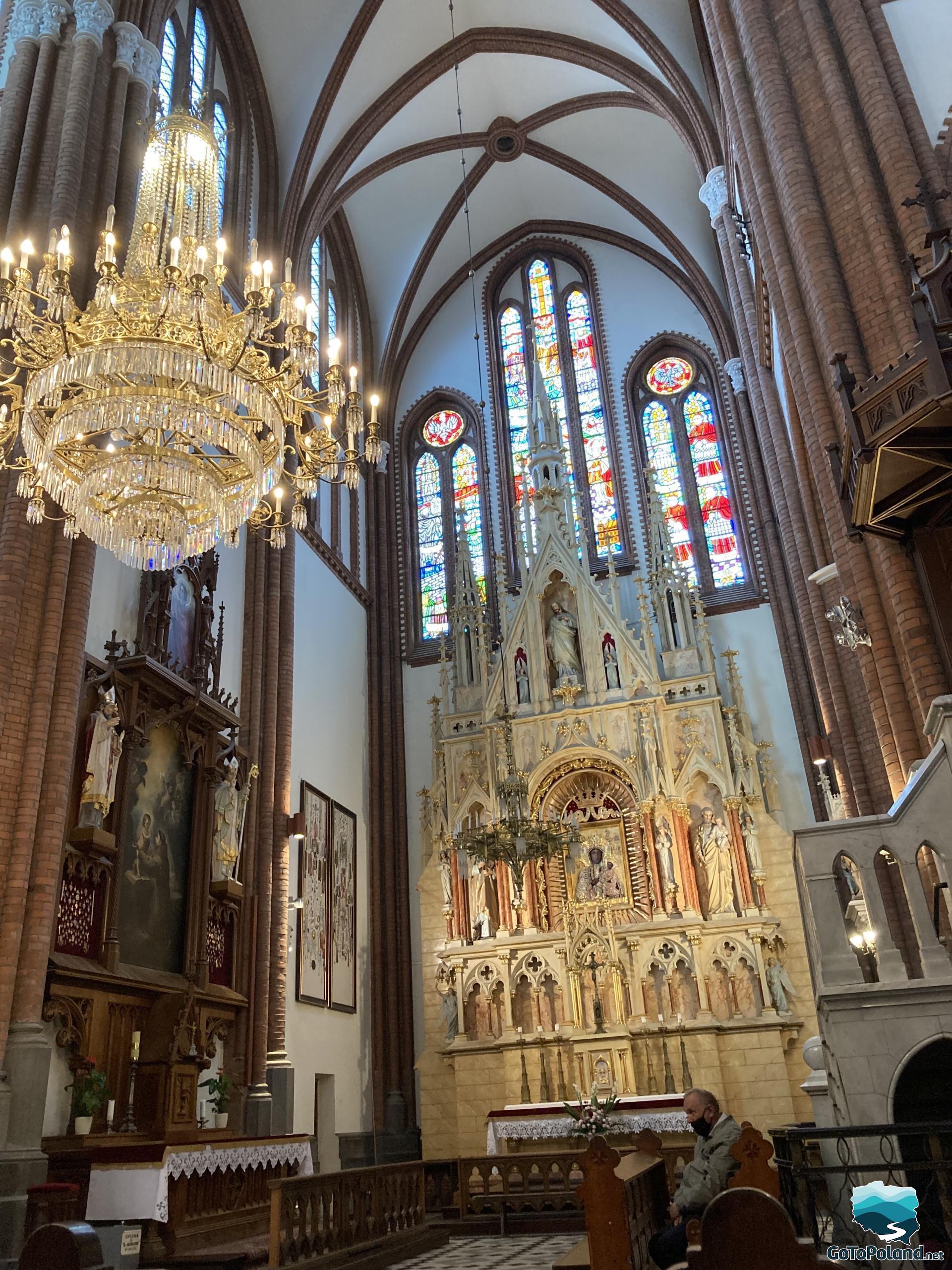

Ludwik Zamenhof was a Polish doctor of Jewish descent. He was also the creator of the Esperanto language. Esperanto was supposed to be an international language. Currently, this language is used mainly by its enthusiasts, who associate in Esperanto clubs all over the world. Esperanto has not been recognized as an official language in any country in the world. Zamenhof was nominated eight times for the Nobel Peace Prize.
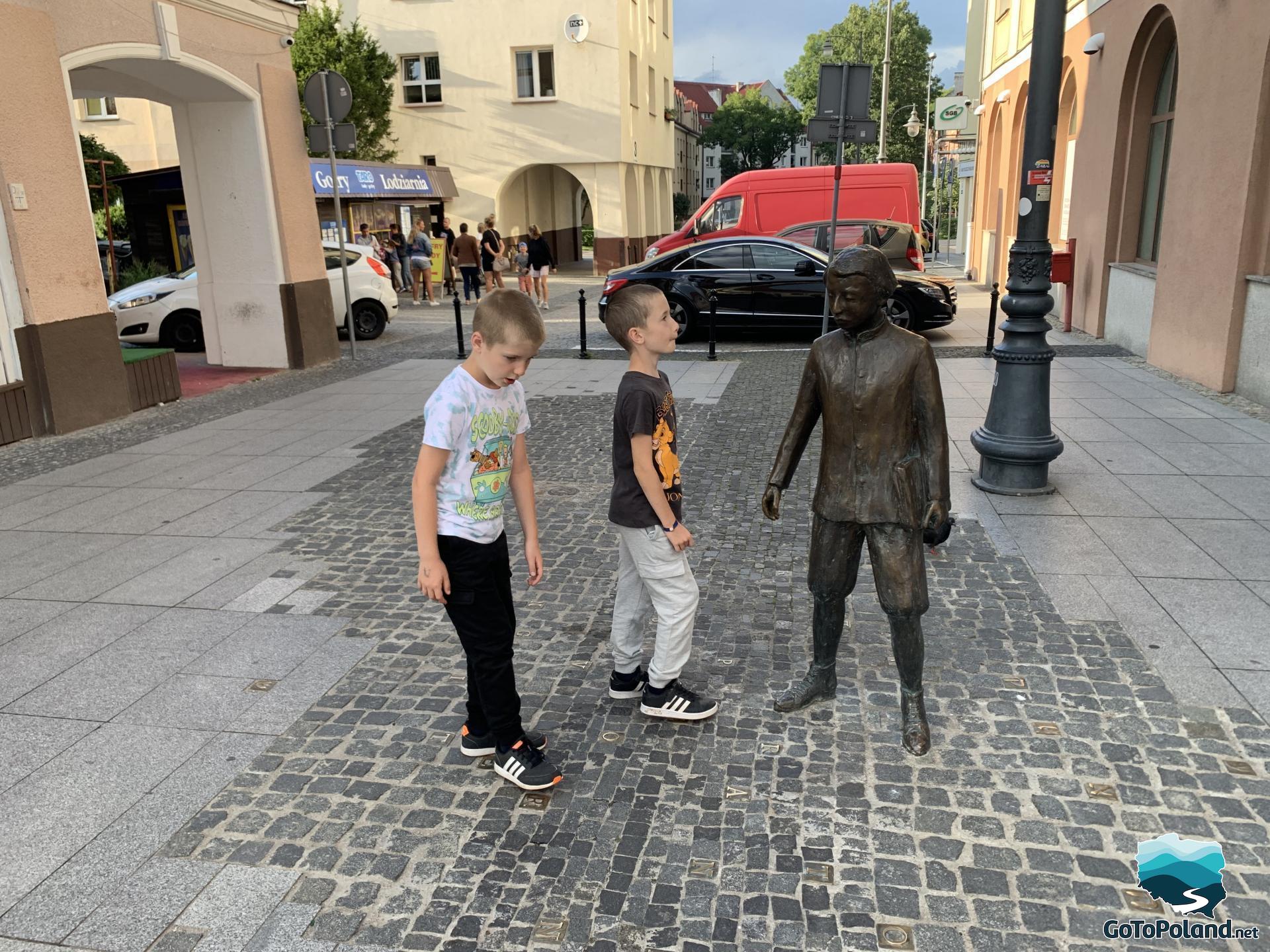
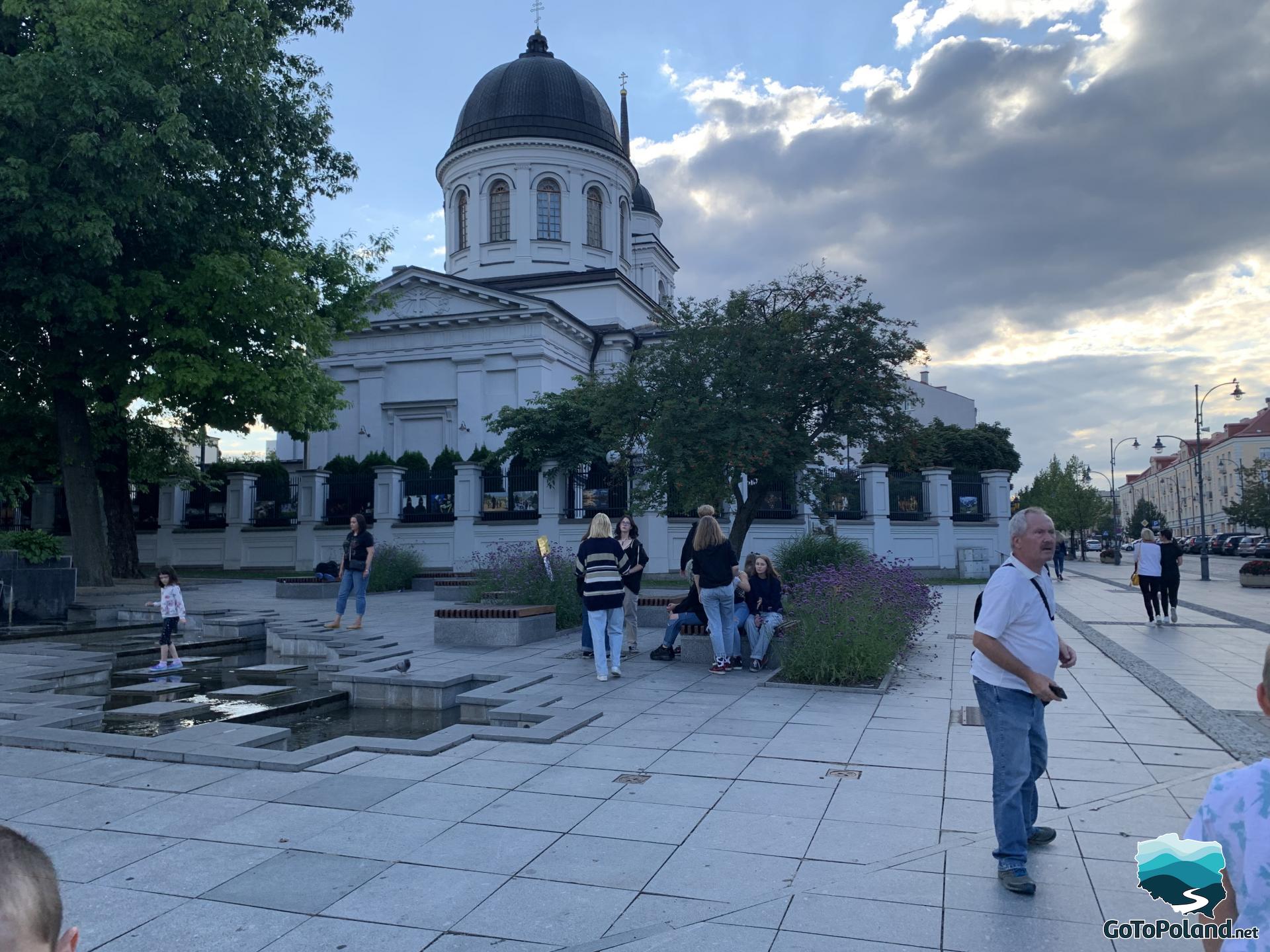
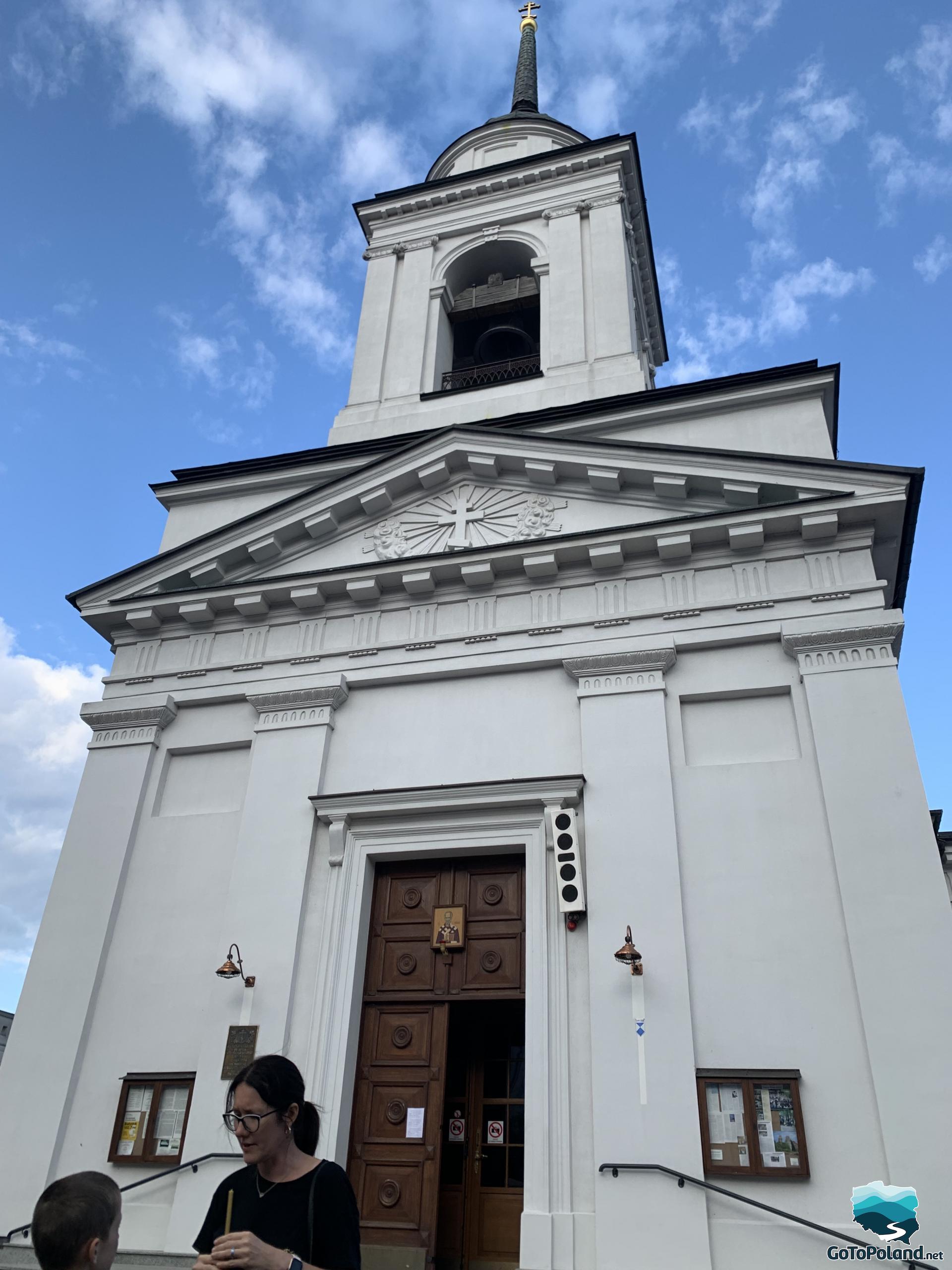

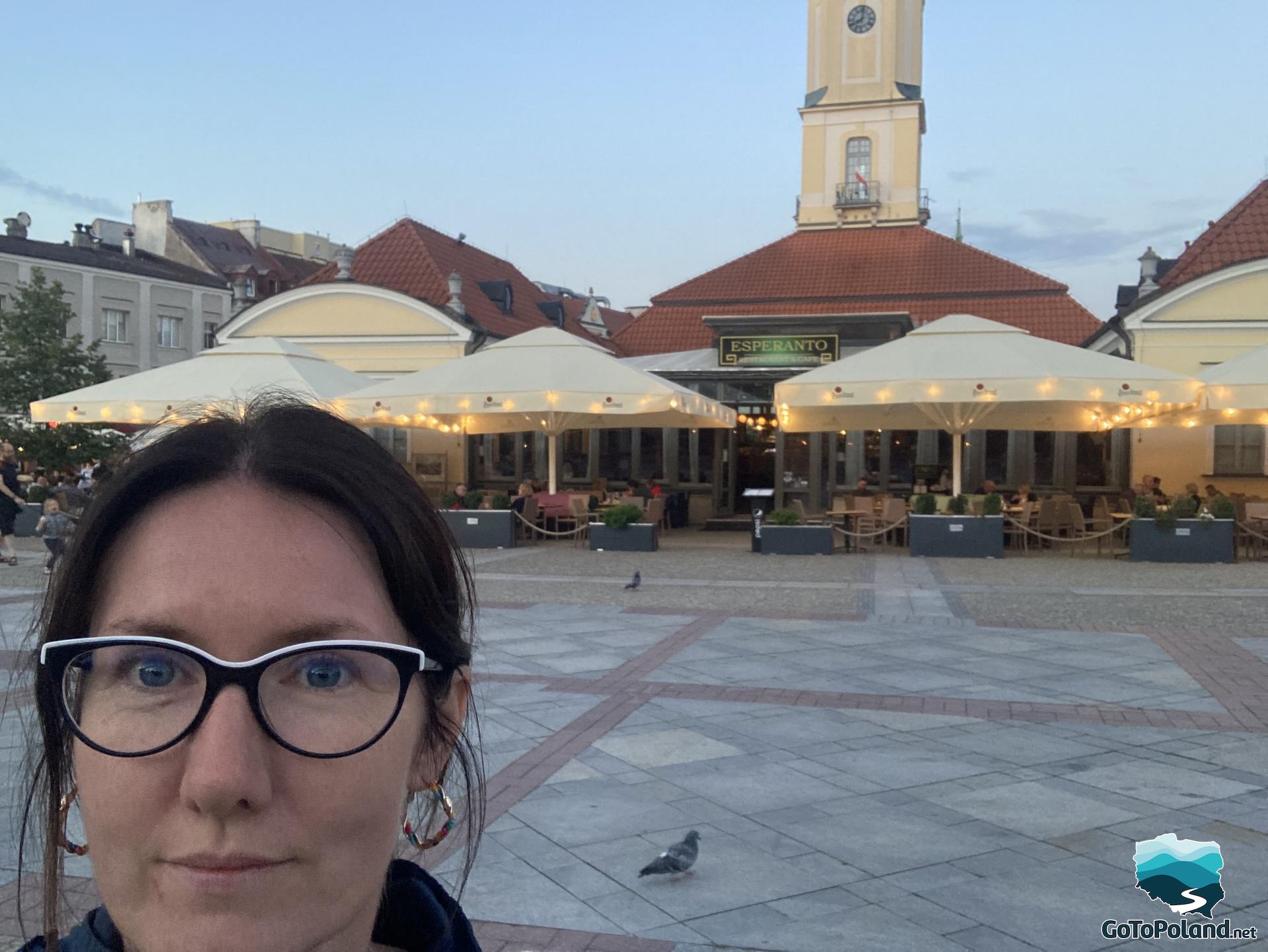
The next day we went to see orthodox Church of the Holy Spirit.
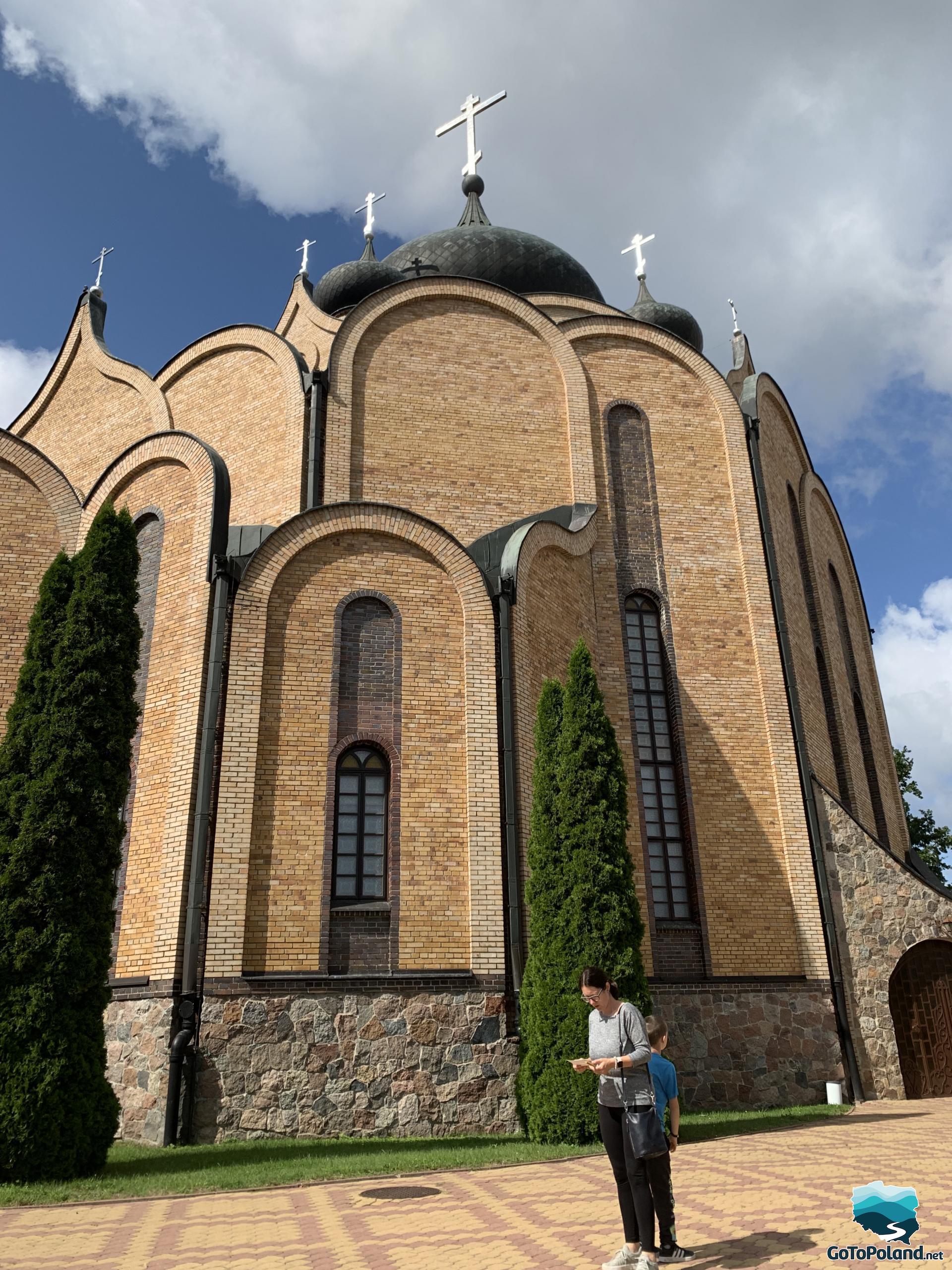
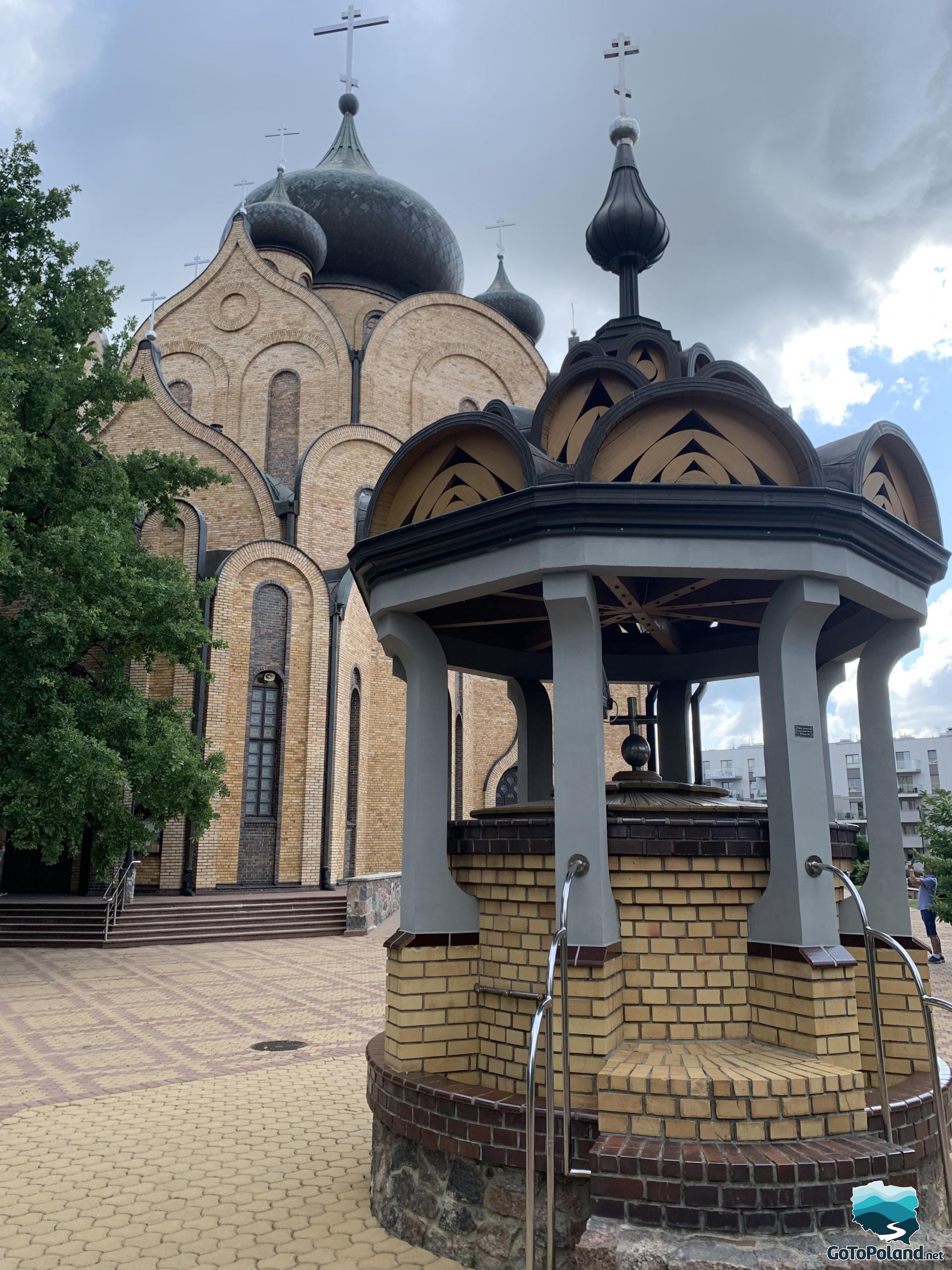
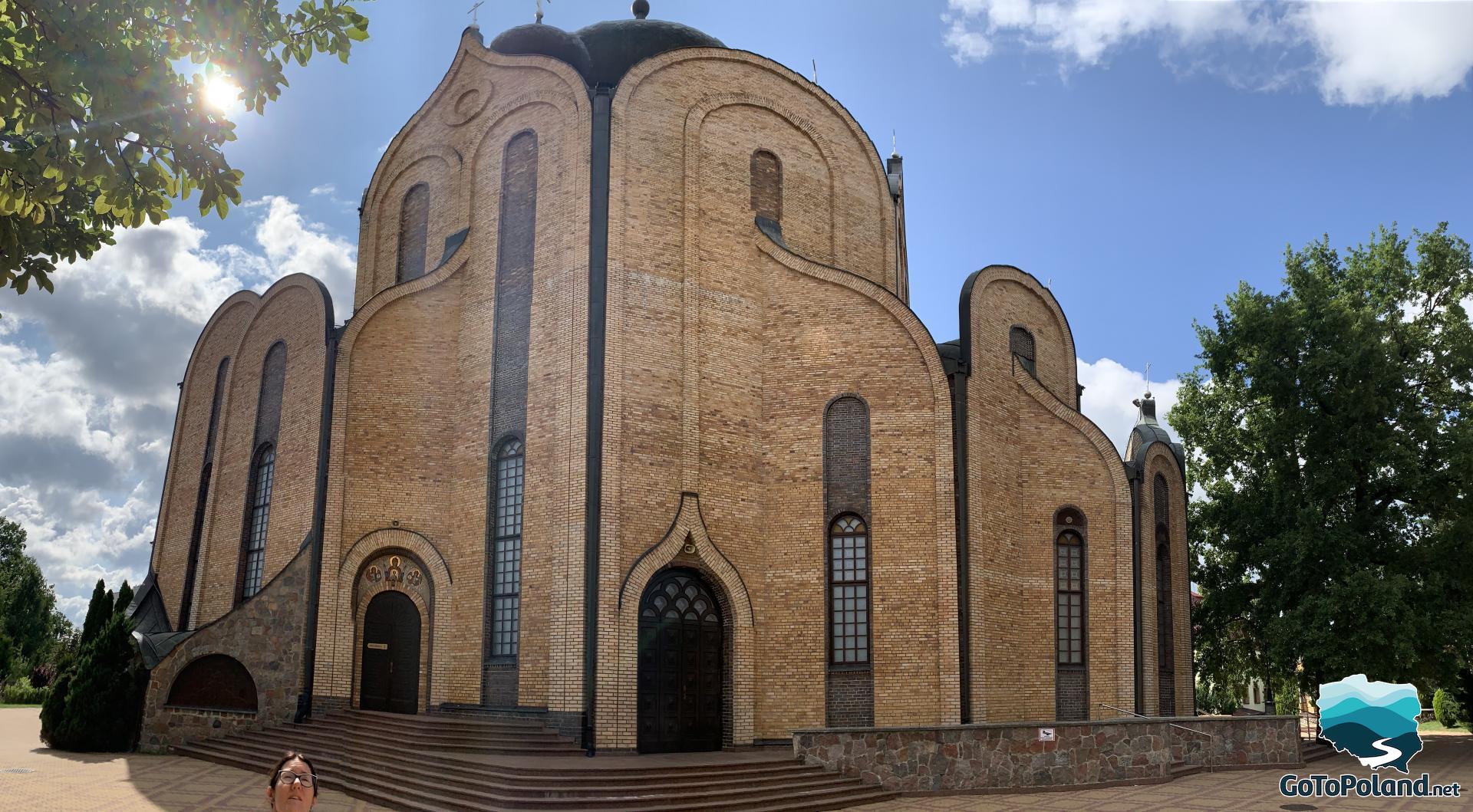
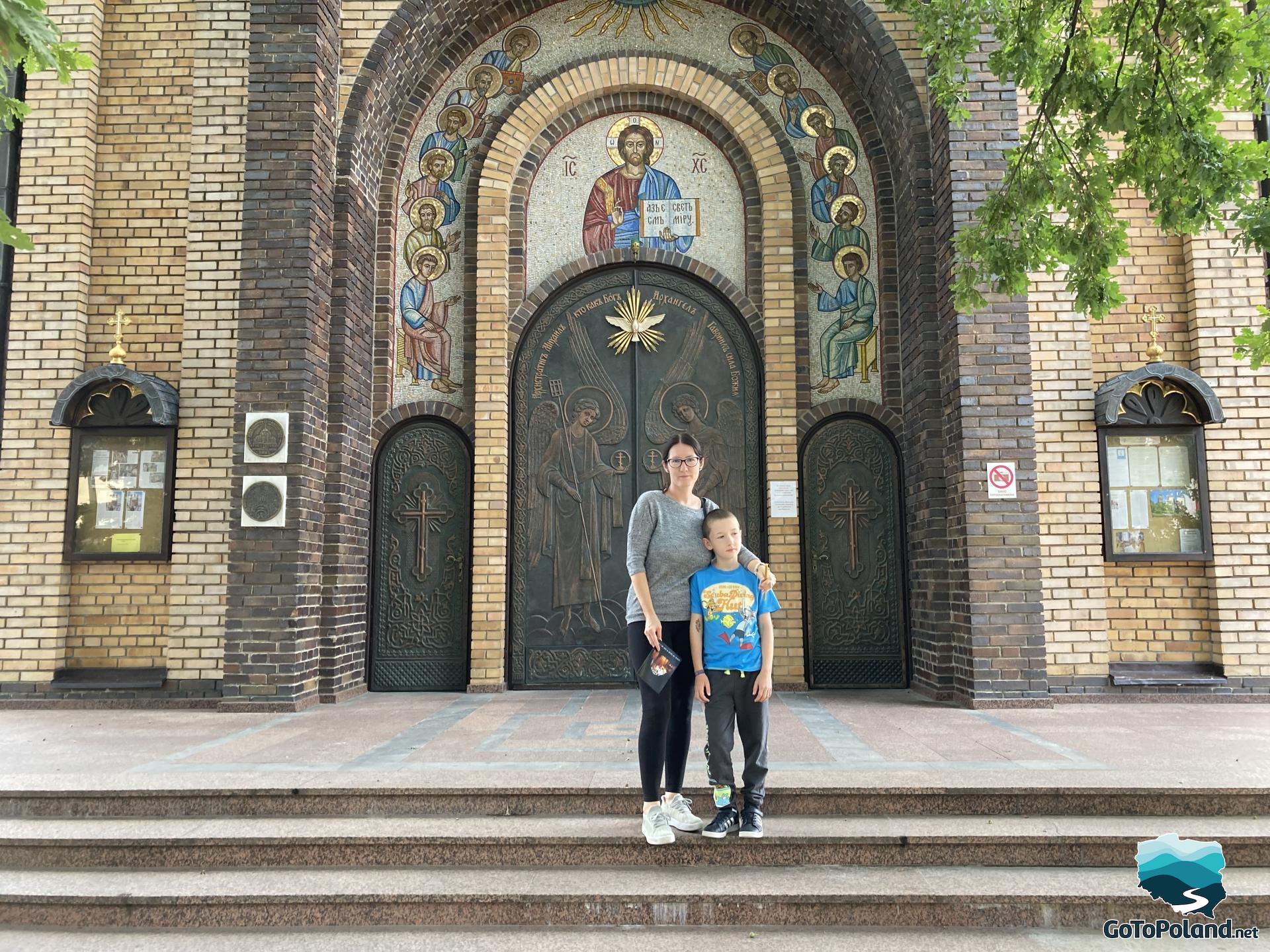
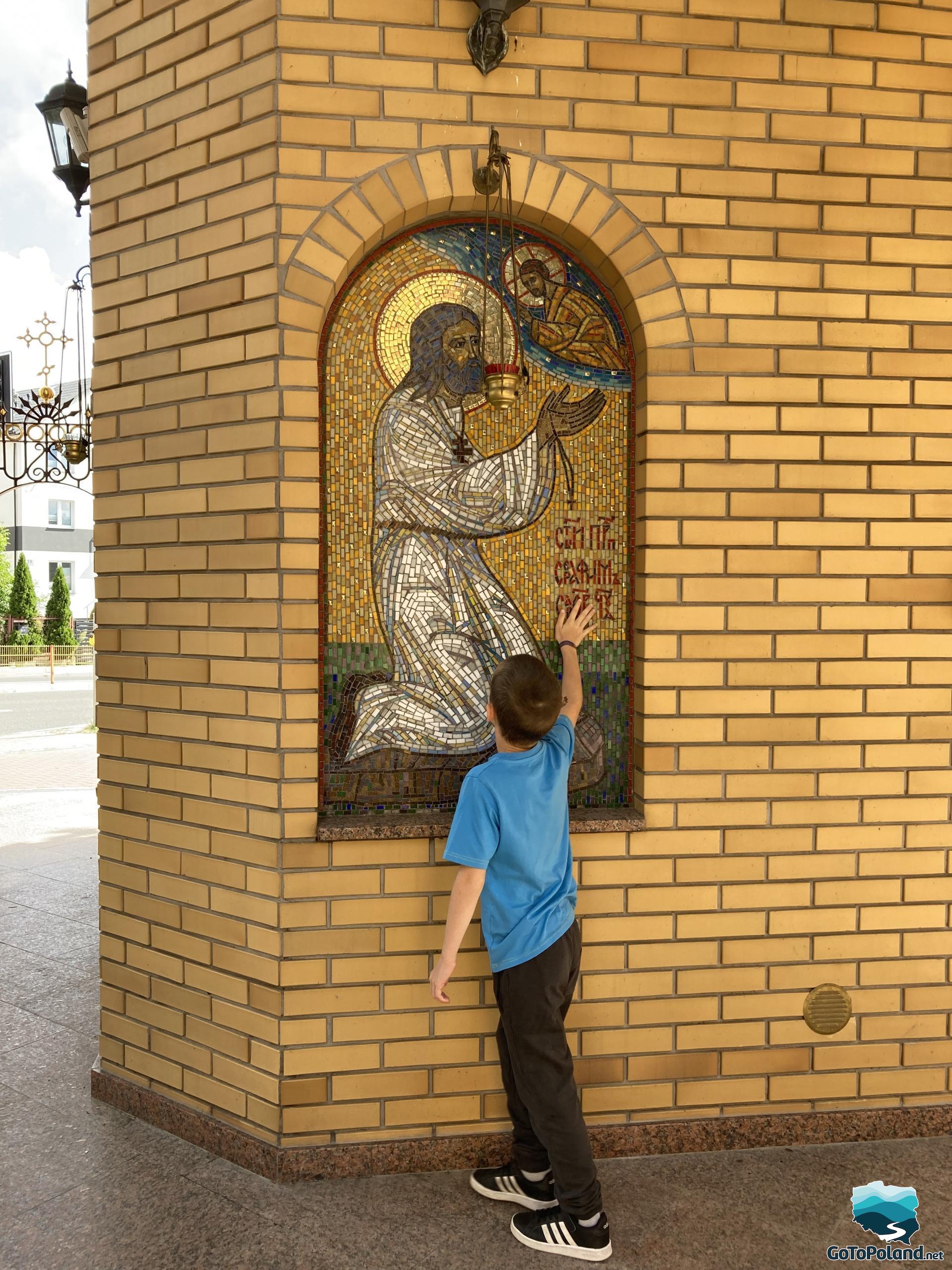
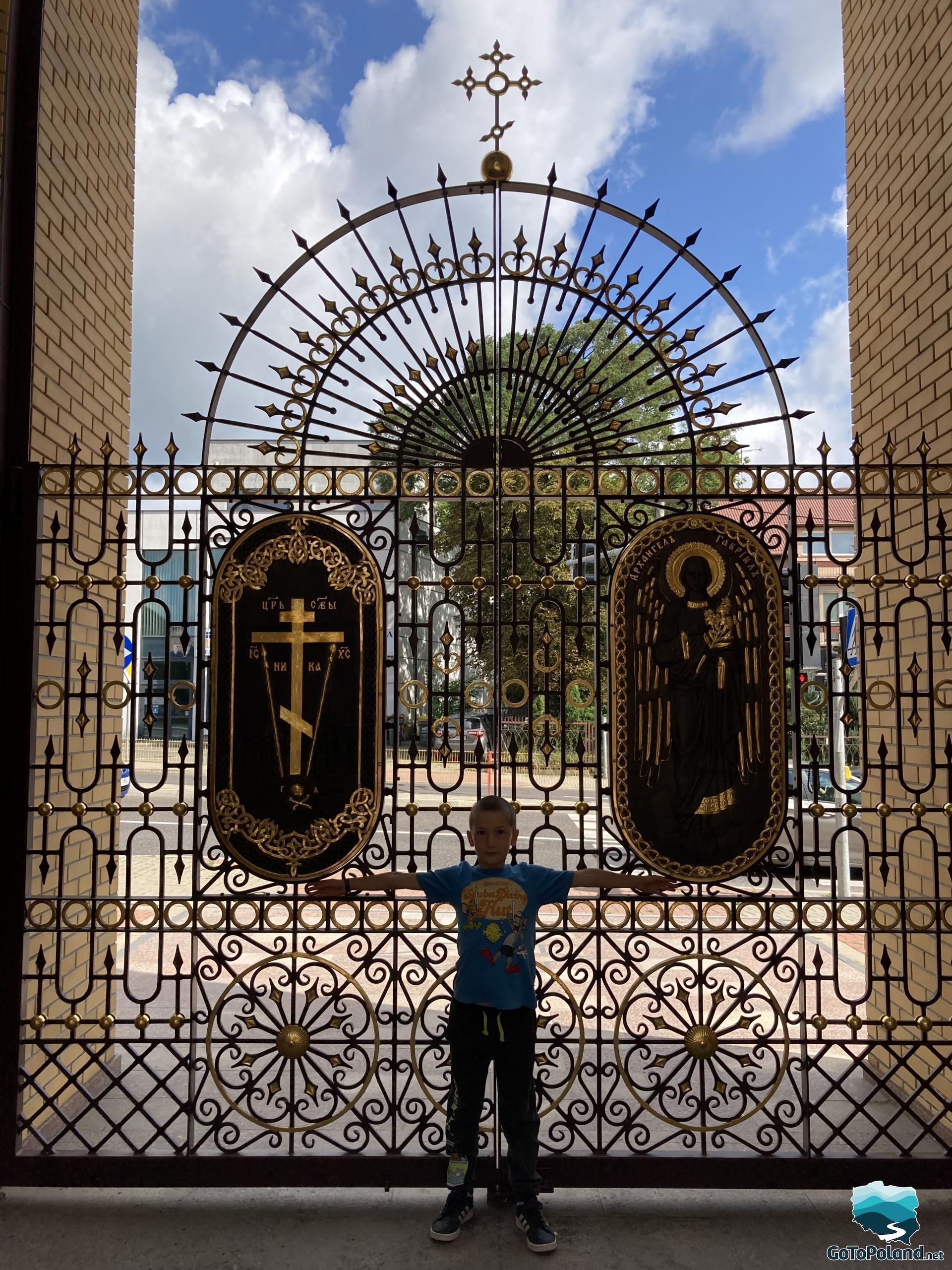
The iconostasis was built for ten years. Four artists from Minsk and four from Pochaev worked on the sculpture. The icons for the iconostasis - 260 in total - were written by Wiktor Downar and Aleksander Łoś.

The belfry is located near the temple, it also serves as a gate leading to the orthodox church area. The tower is 70 m high and has ten bells. The bells differ in weight - the largest weighs 800 kg, the lightest - 18 kg.
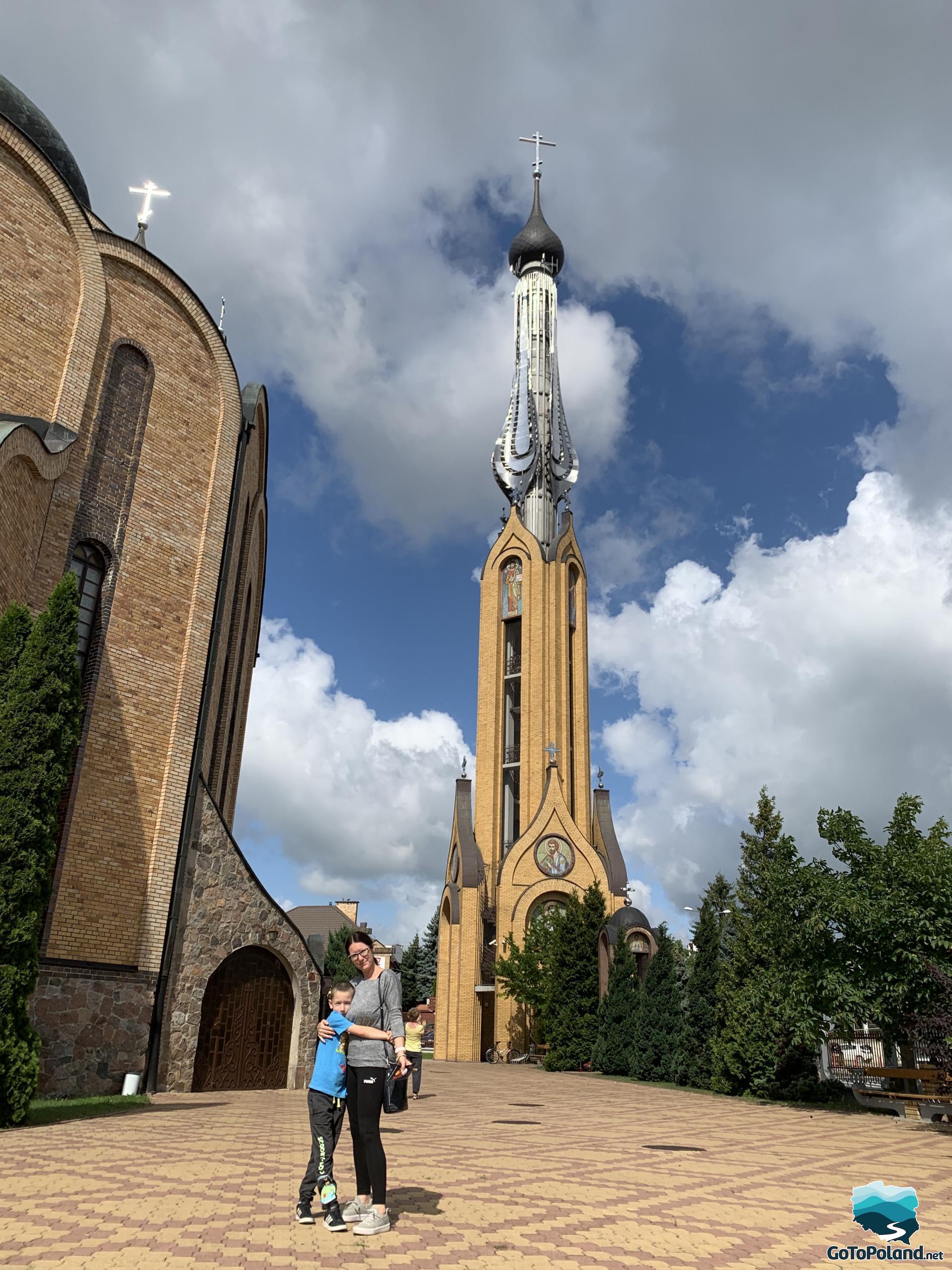
The monument of Archangel Michael, several meters high, stands on a small mound in the orthodox church square.
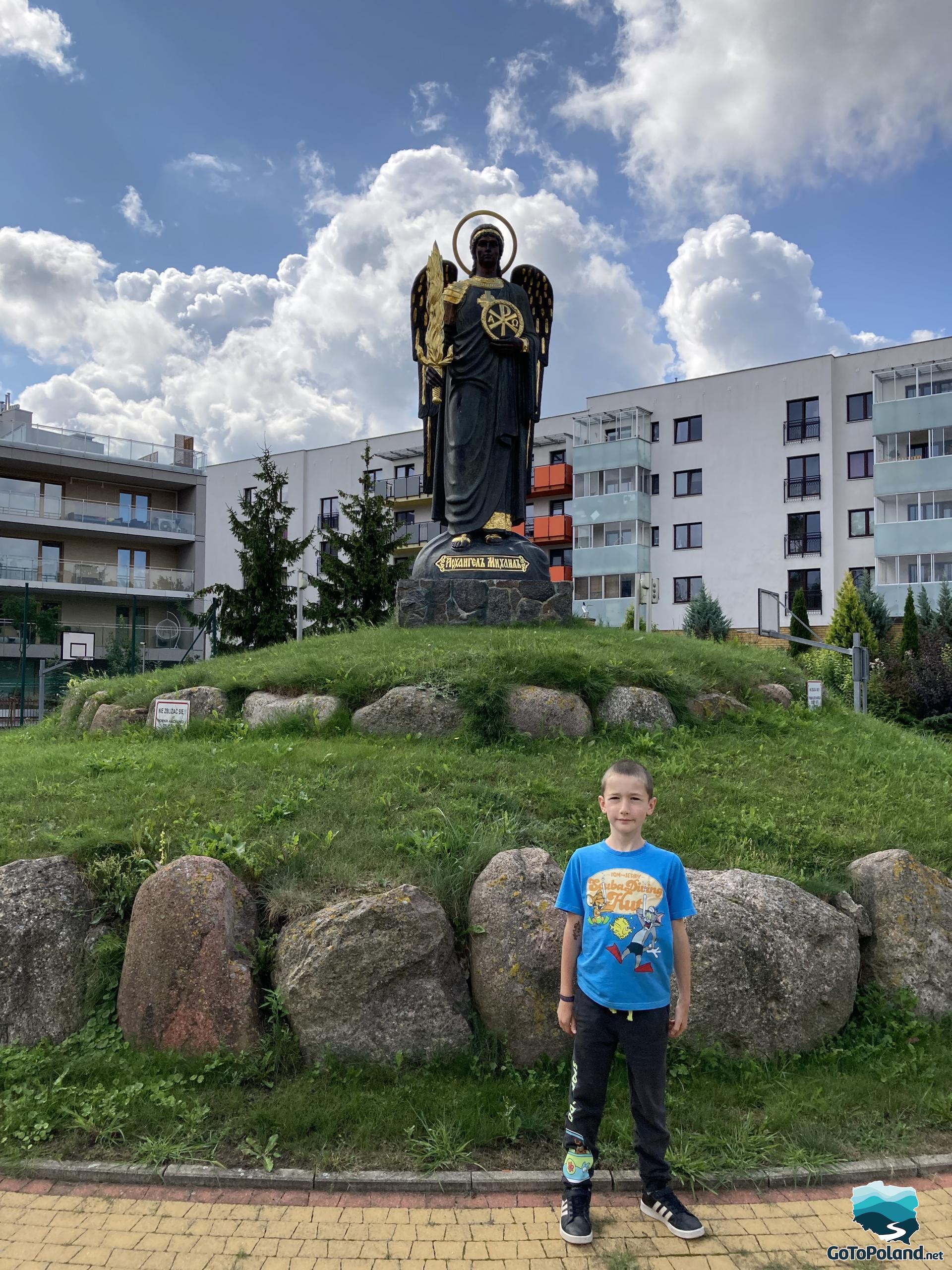
The proposed sightseeing route in Białystok on the map looks as follows
How to get to Białystok

